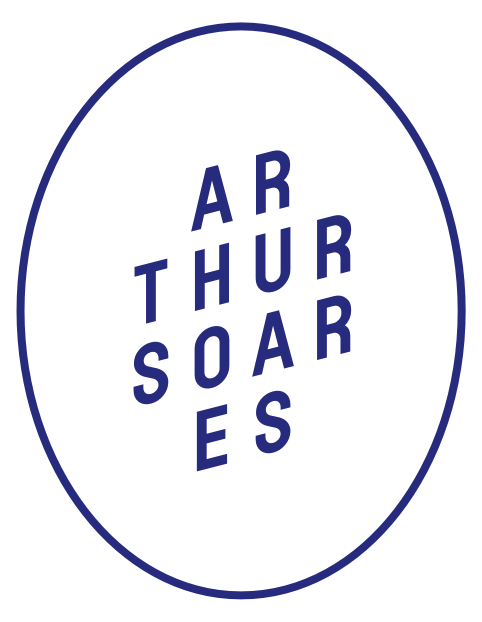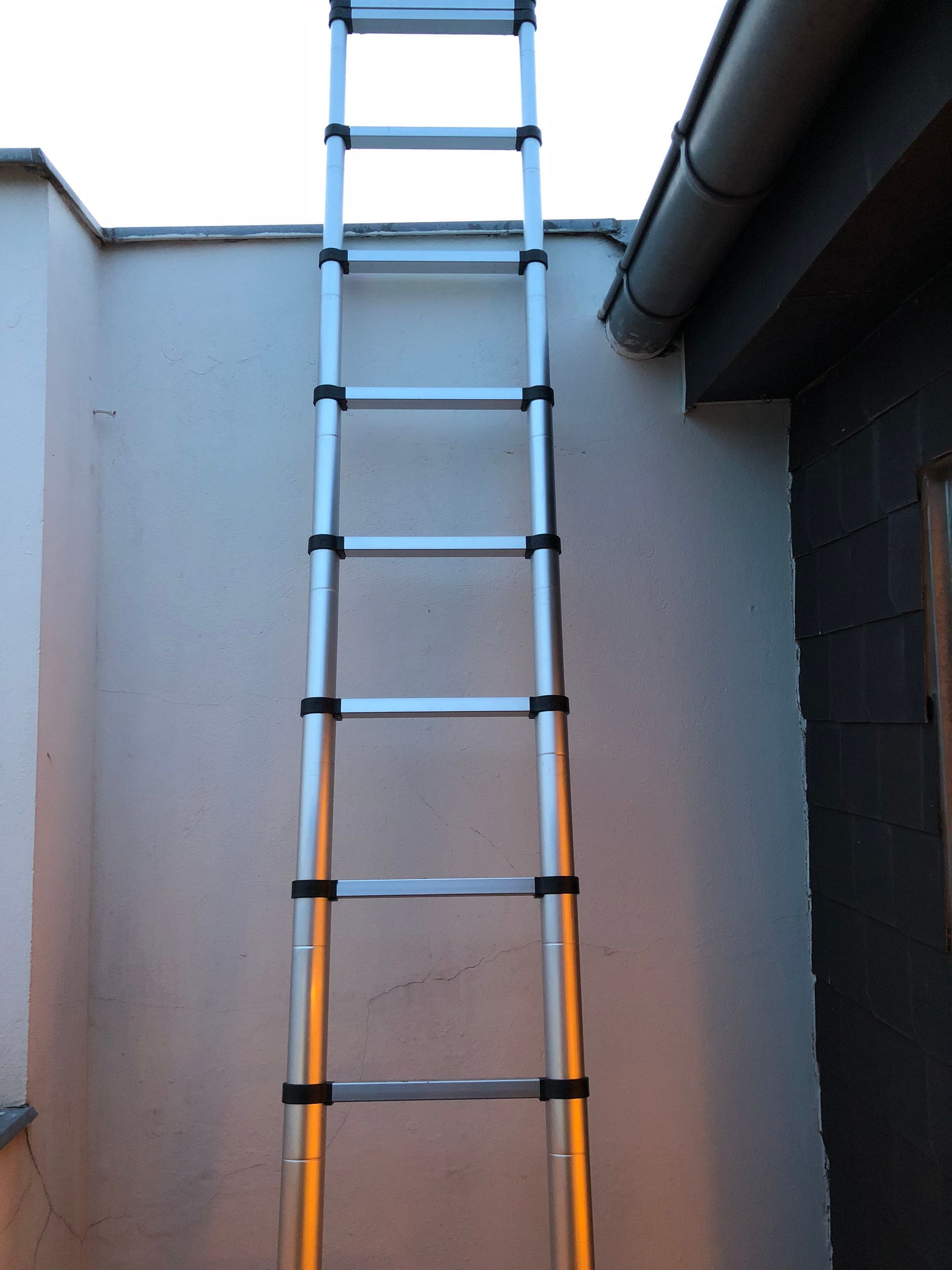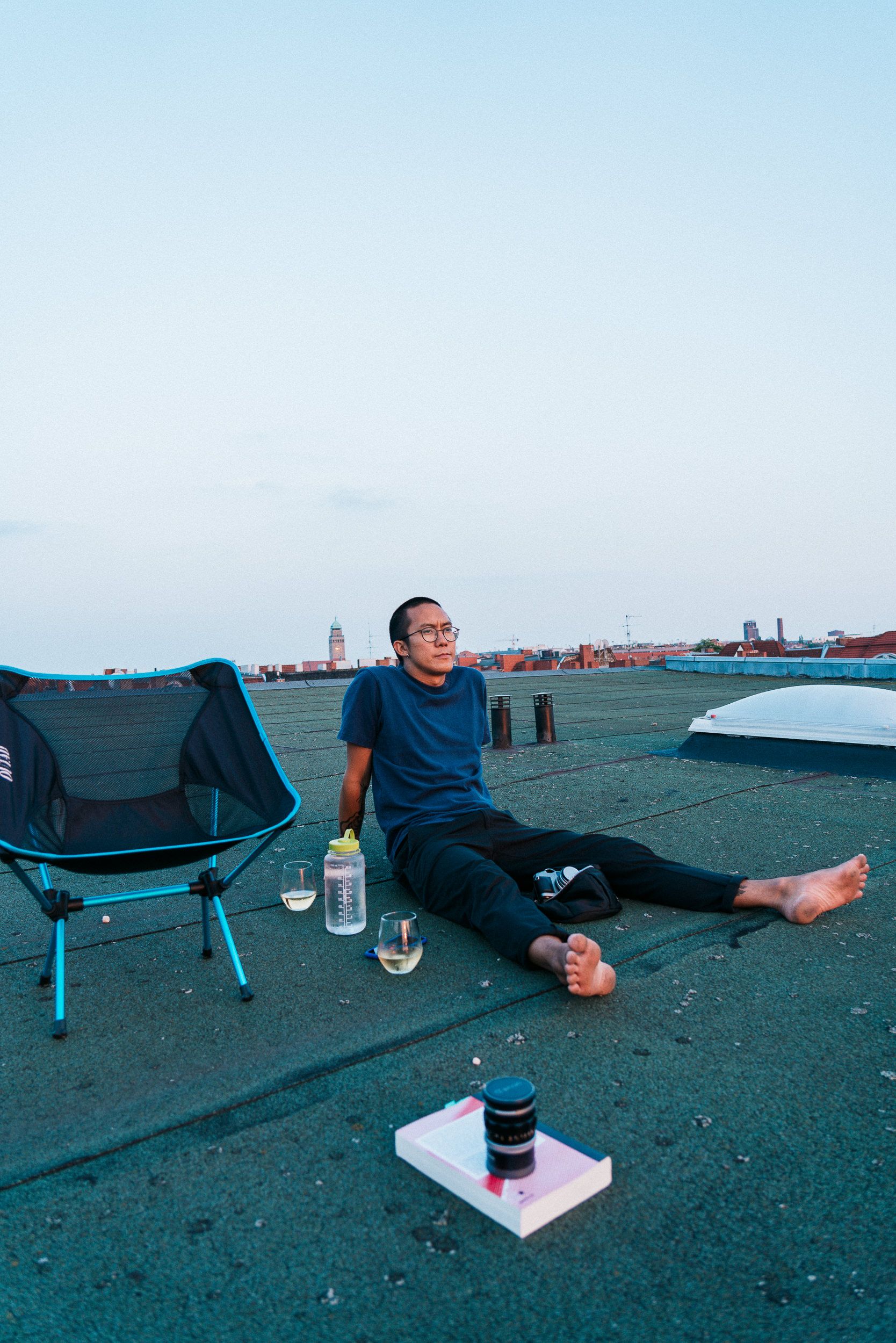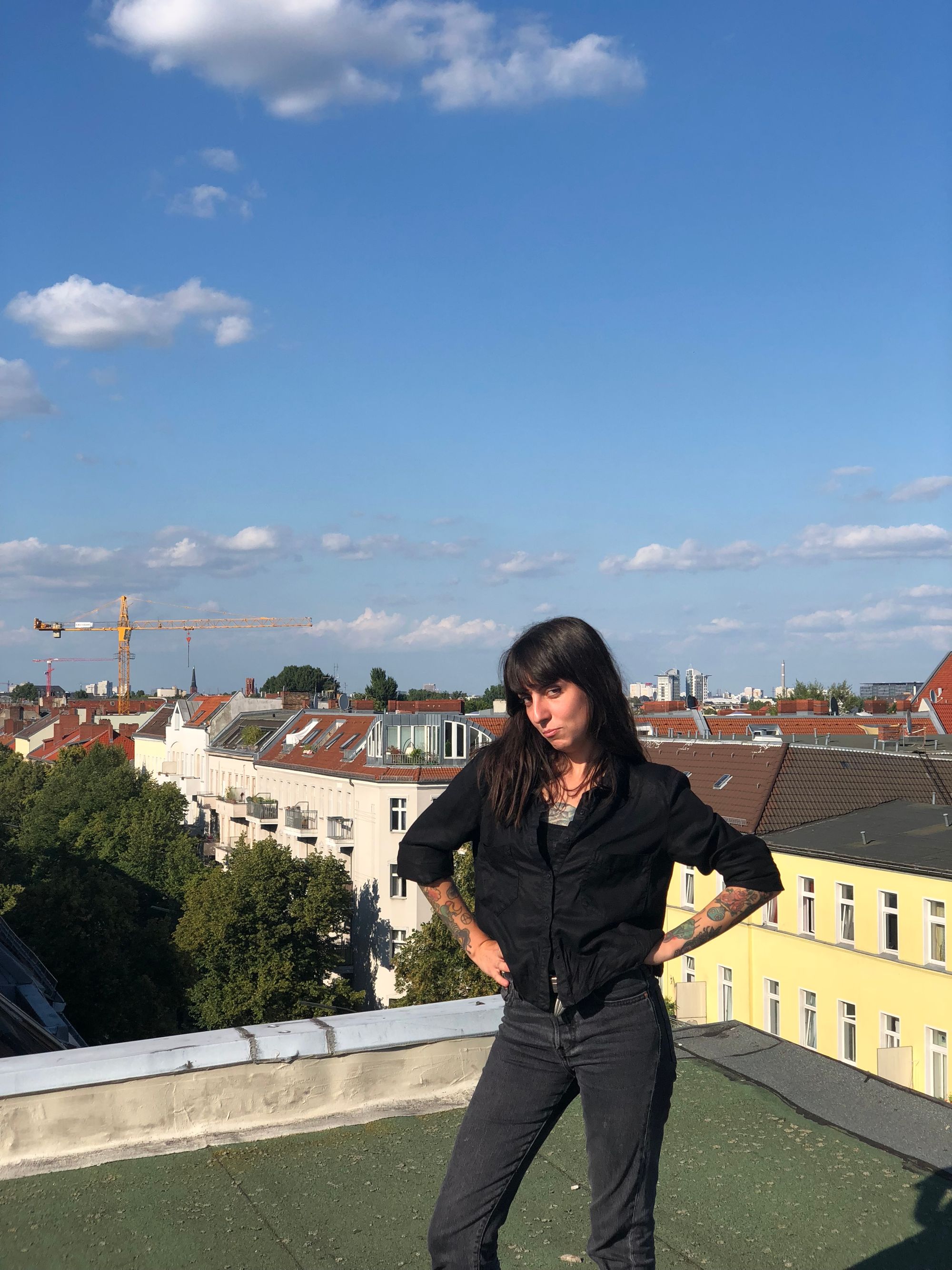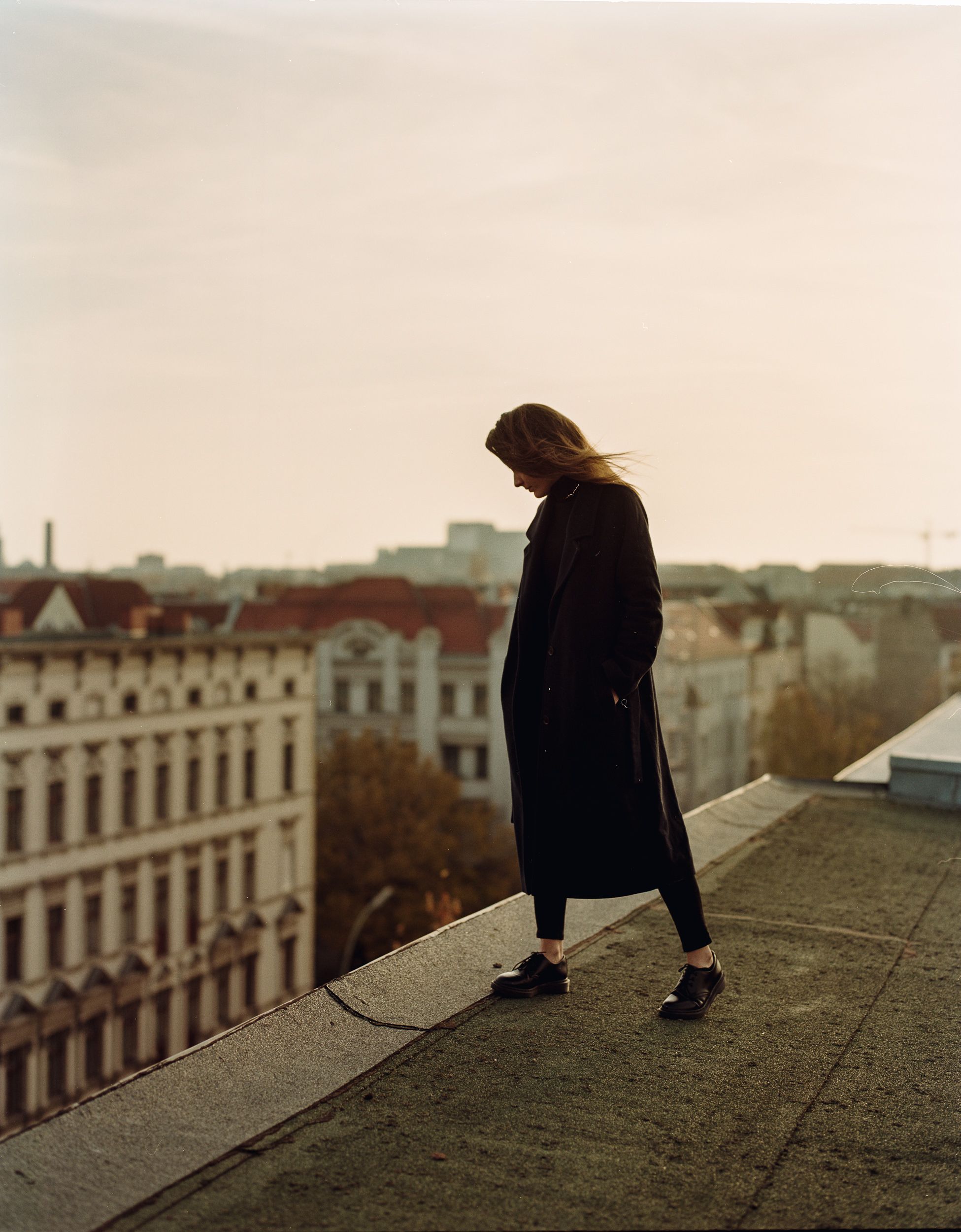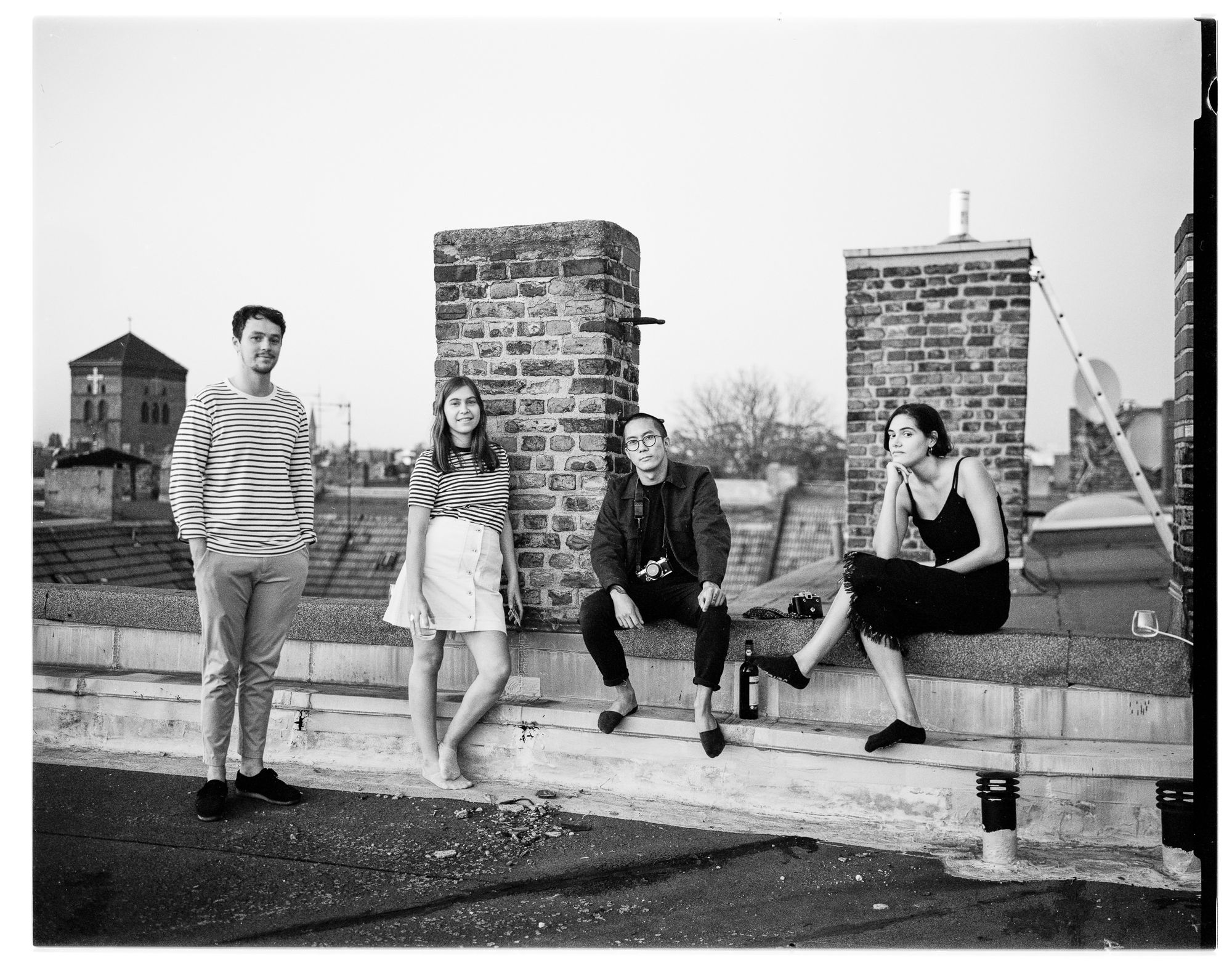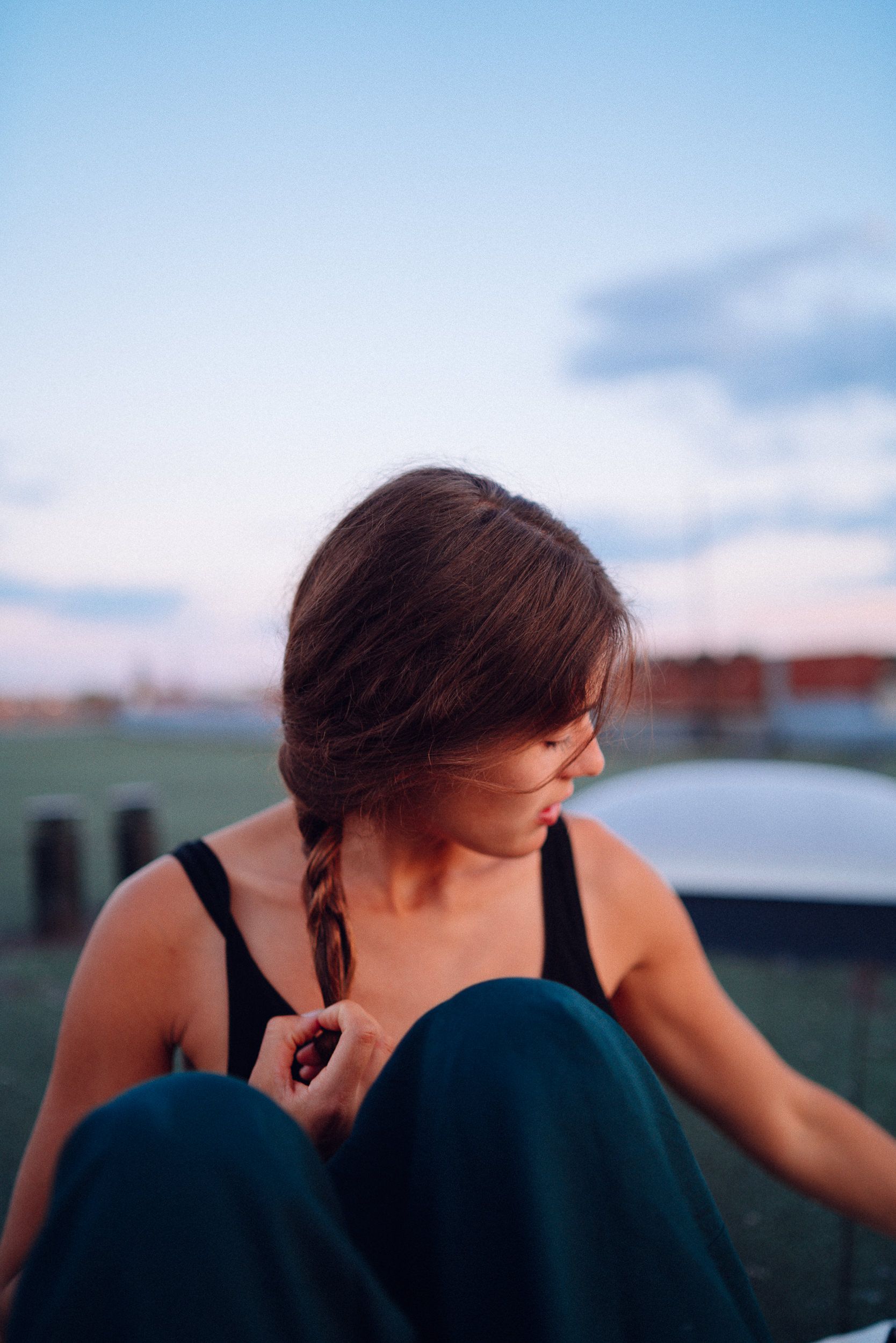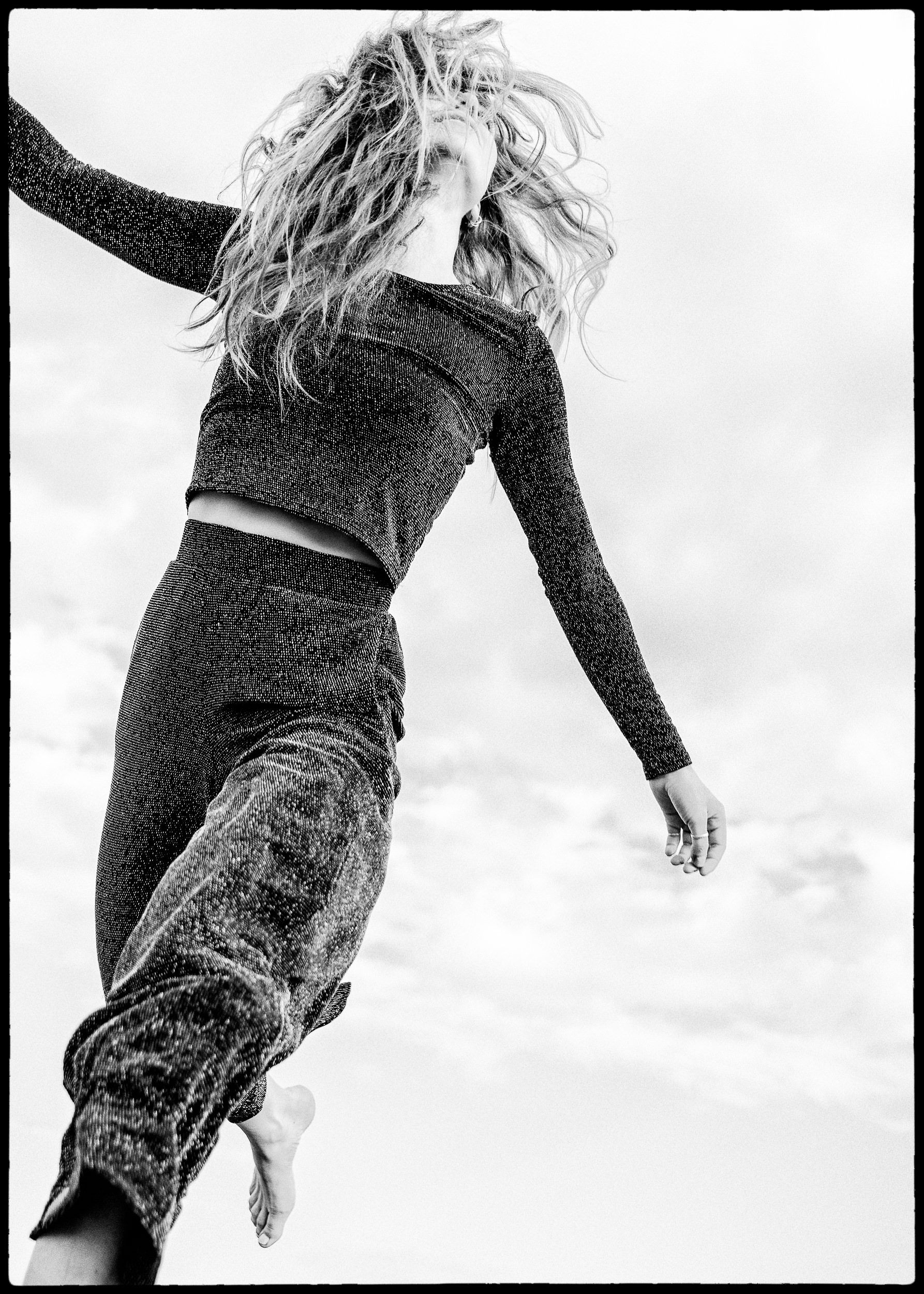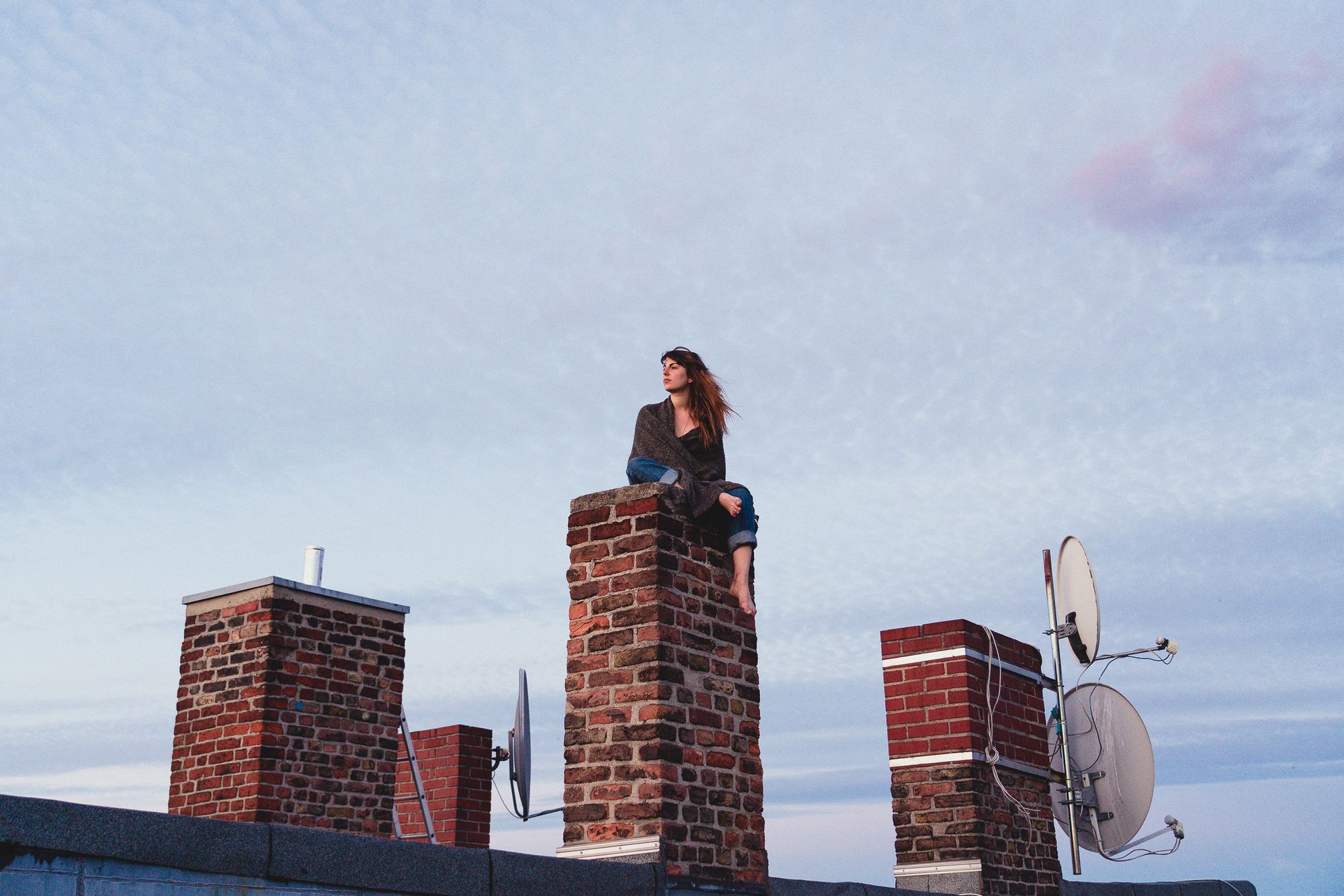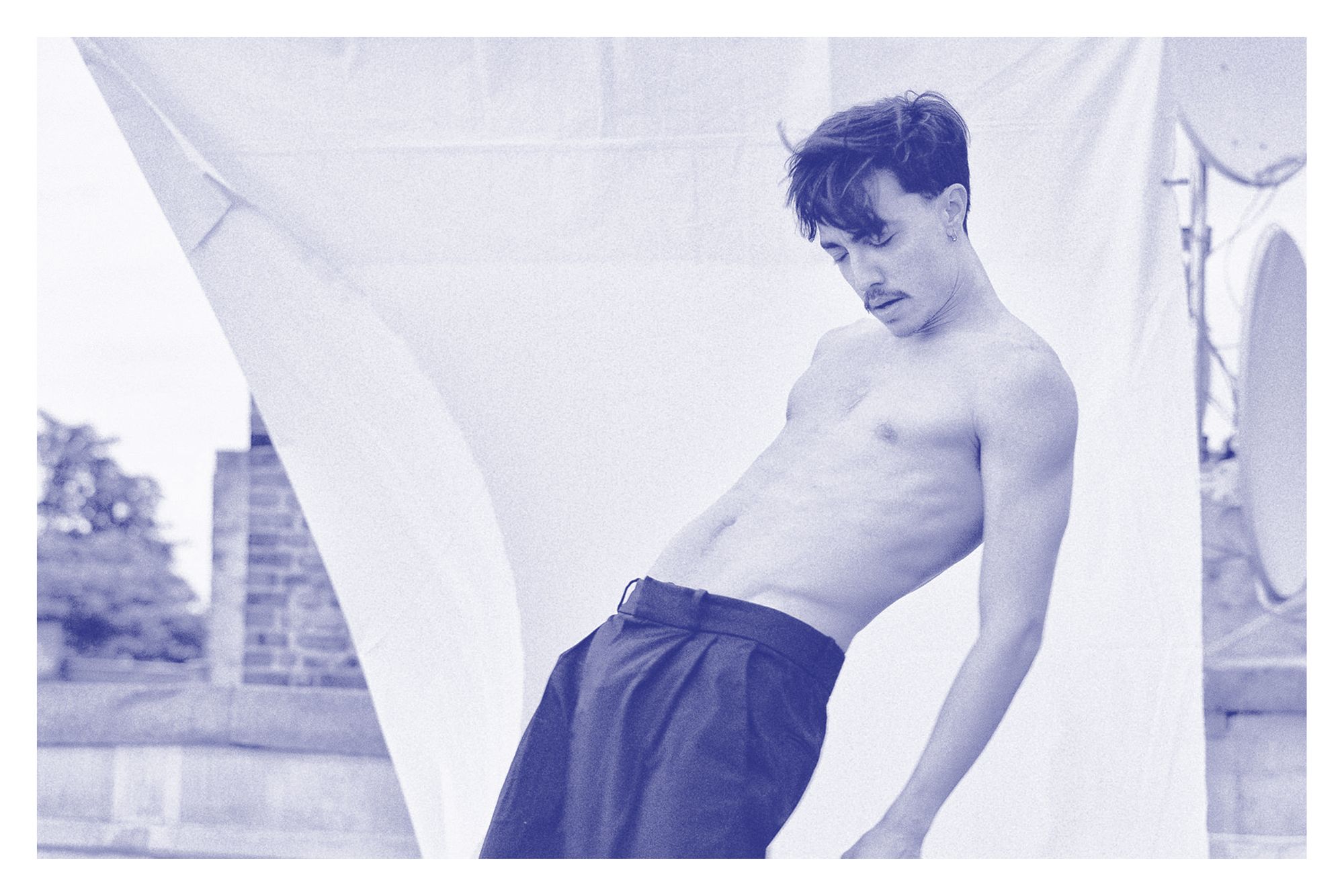Personal
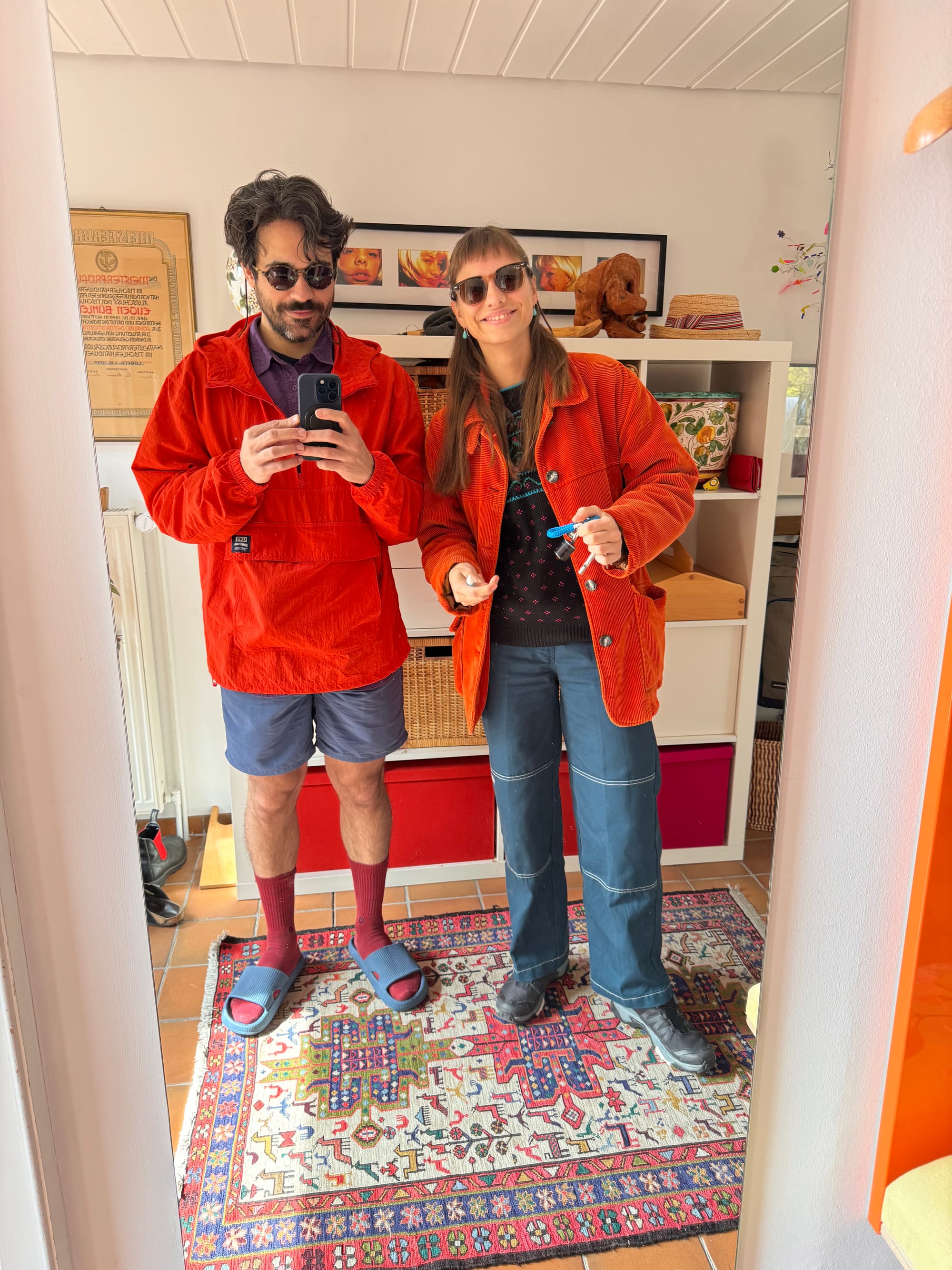
The weather has turned, and one remembers why one chose Berlin as its home. This is another visual dump since the last update, but before, here are some worthwhile mentions:
#1 If you're in Berlin, do what you can to get tickets to 2 Chapters Love from Sharon Eyal.
#2 I'll spend Summer (July/August) in Canada/Montreal. If you have recommendations and/or are around there as well, please let me know
#3 I'll be in Belém for Christmas and New Years, what about finally making plans for that trip? ;)

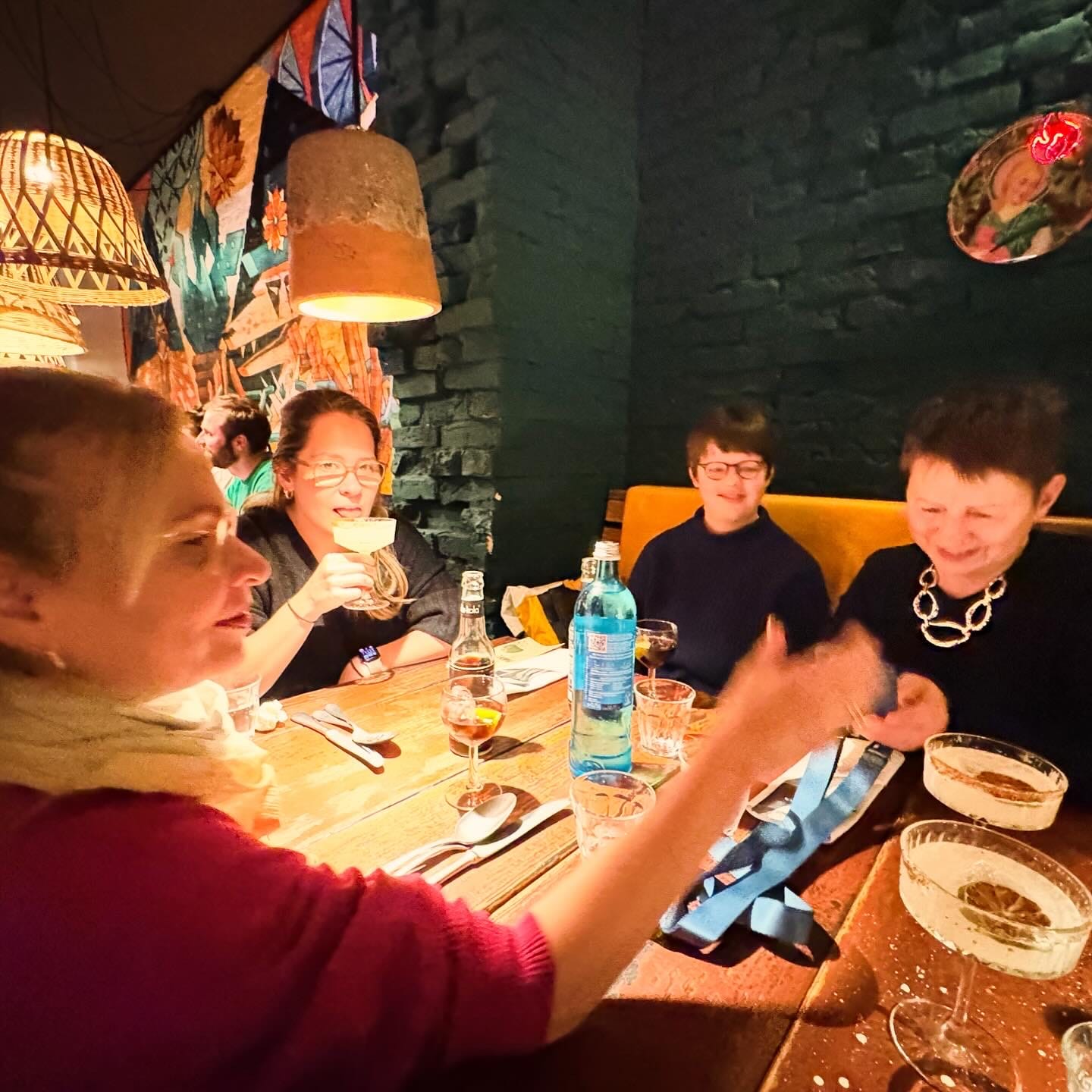

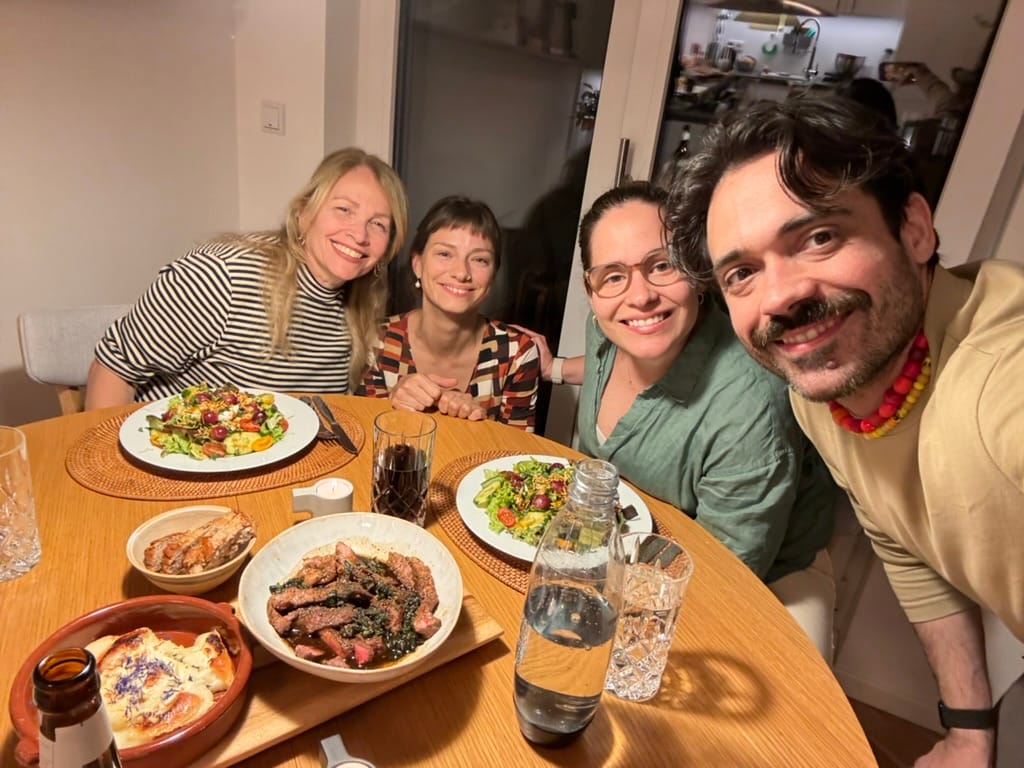
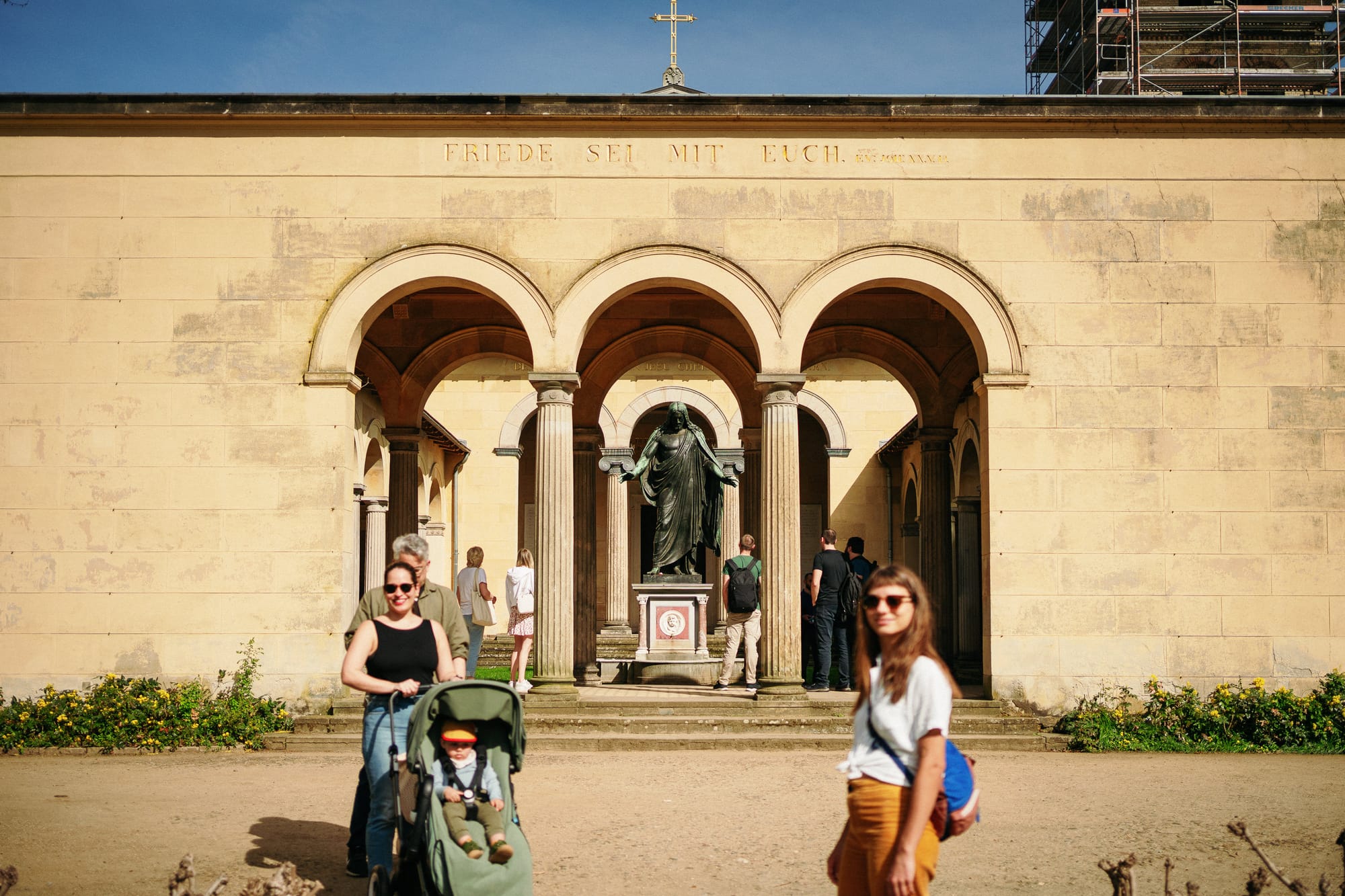
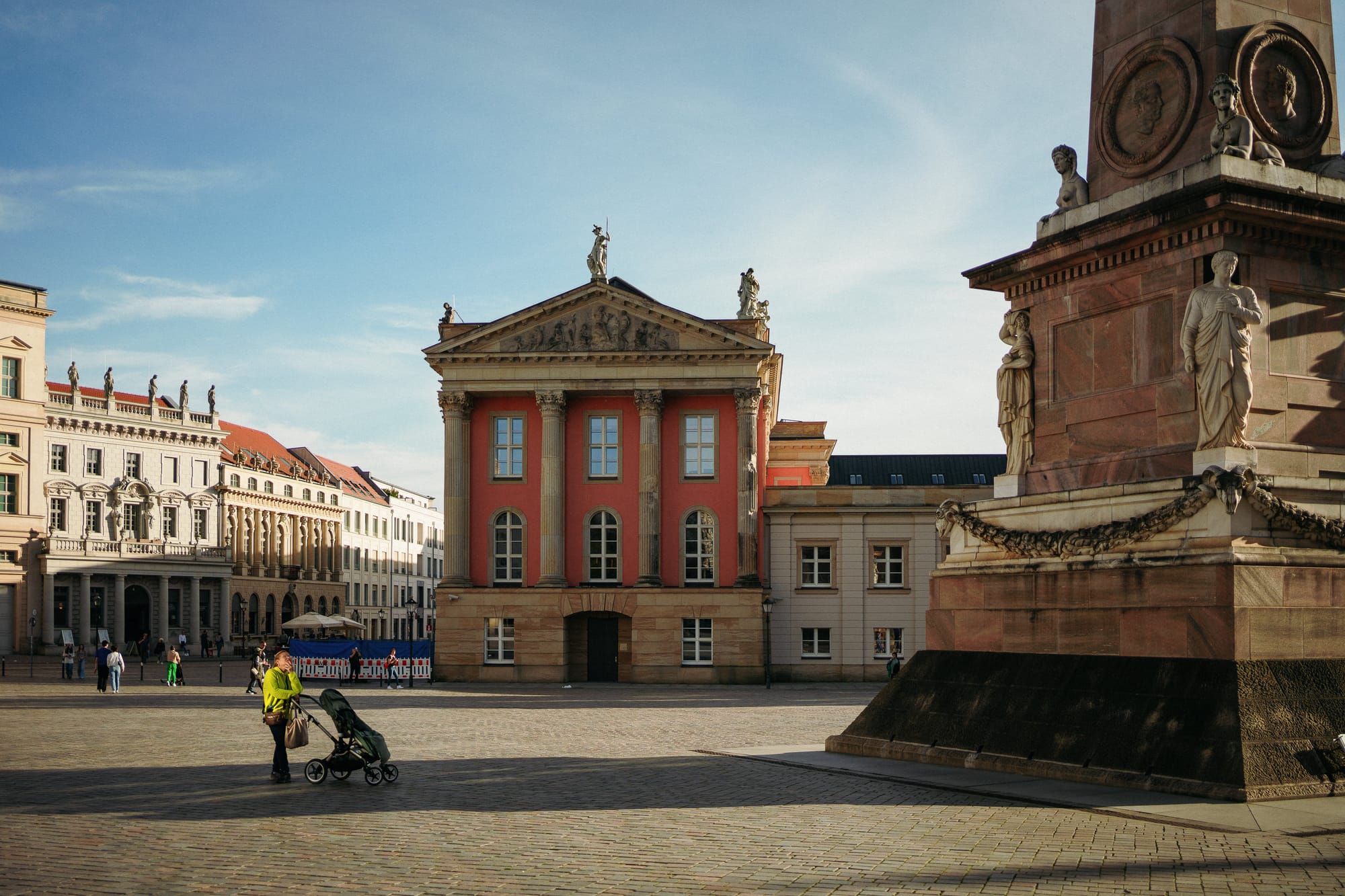
Some visitors from far-away, and others from not that far; Potsdam was a very pleasant surprise.
Sandro gave us a masterclass on how to make pasta, but to be honest, we just watched, drank and ate it.

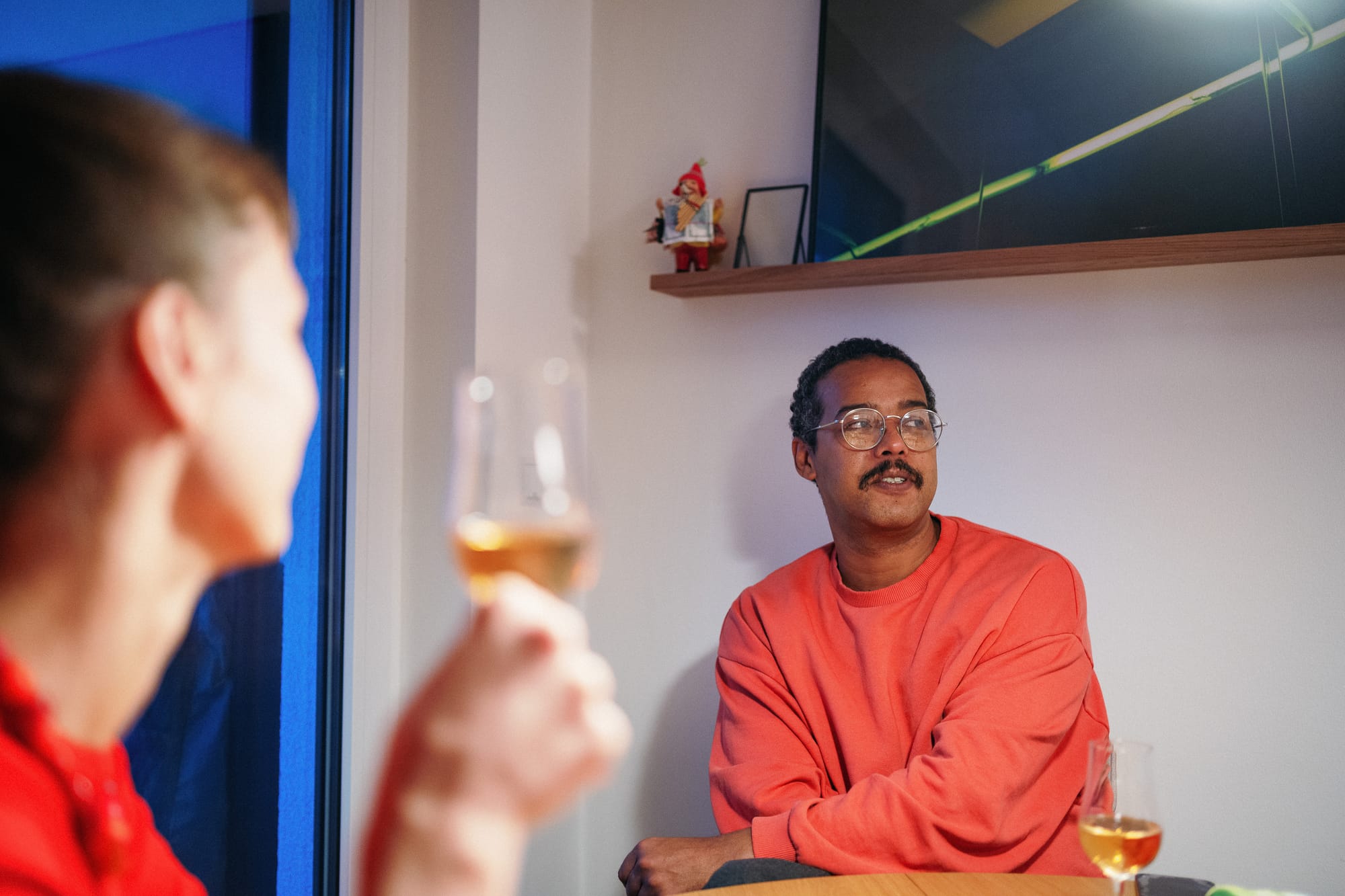
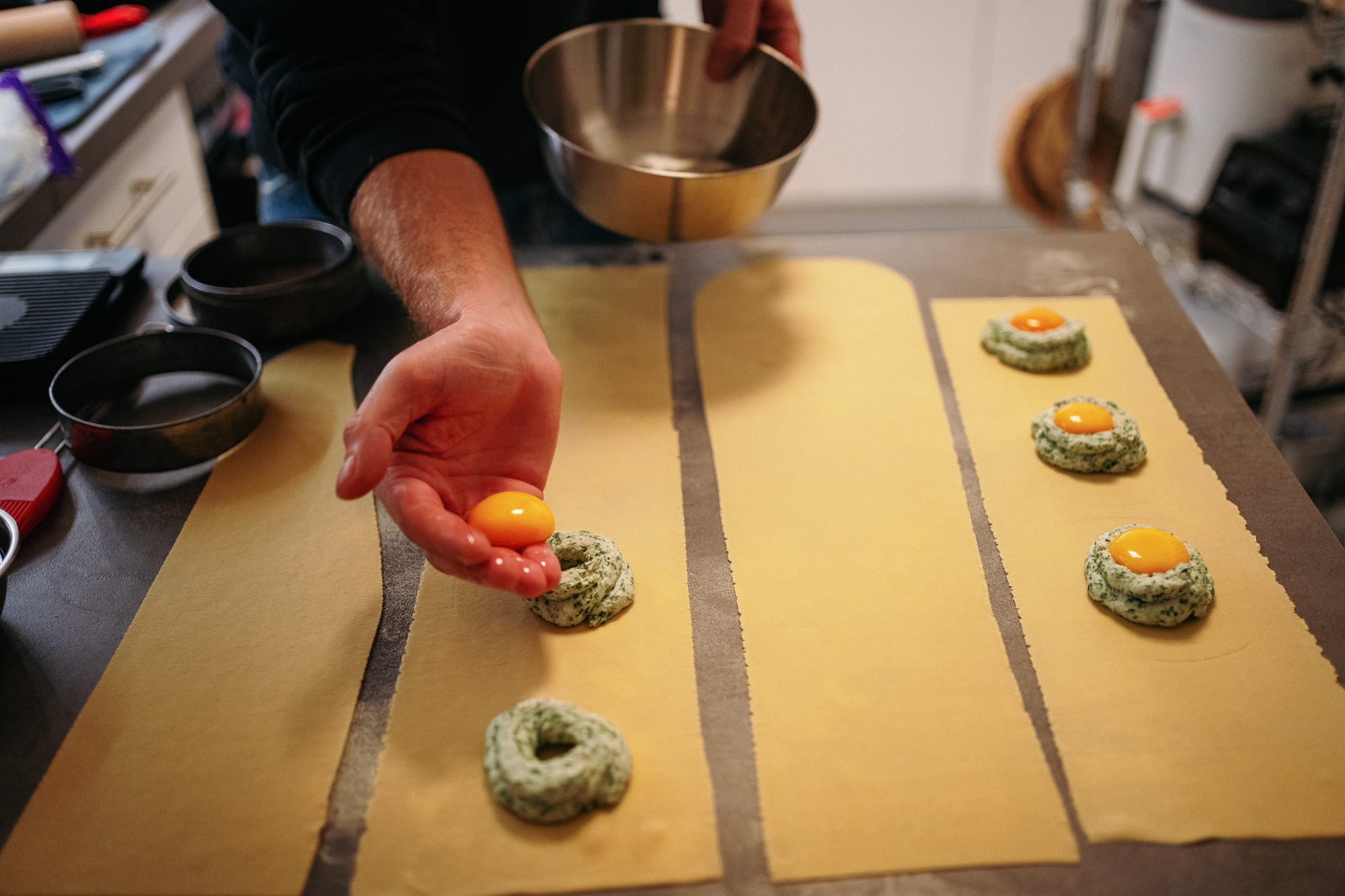
All hands on deck for the pasta
These last months had some concerts and performance highlights: Mulatu Astatke, Sharon Eyal, Cymande, and Anoushka Shankar.


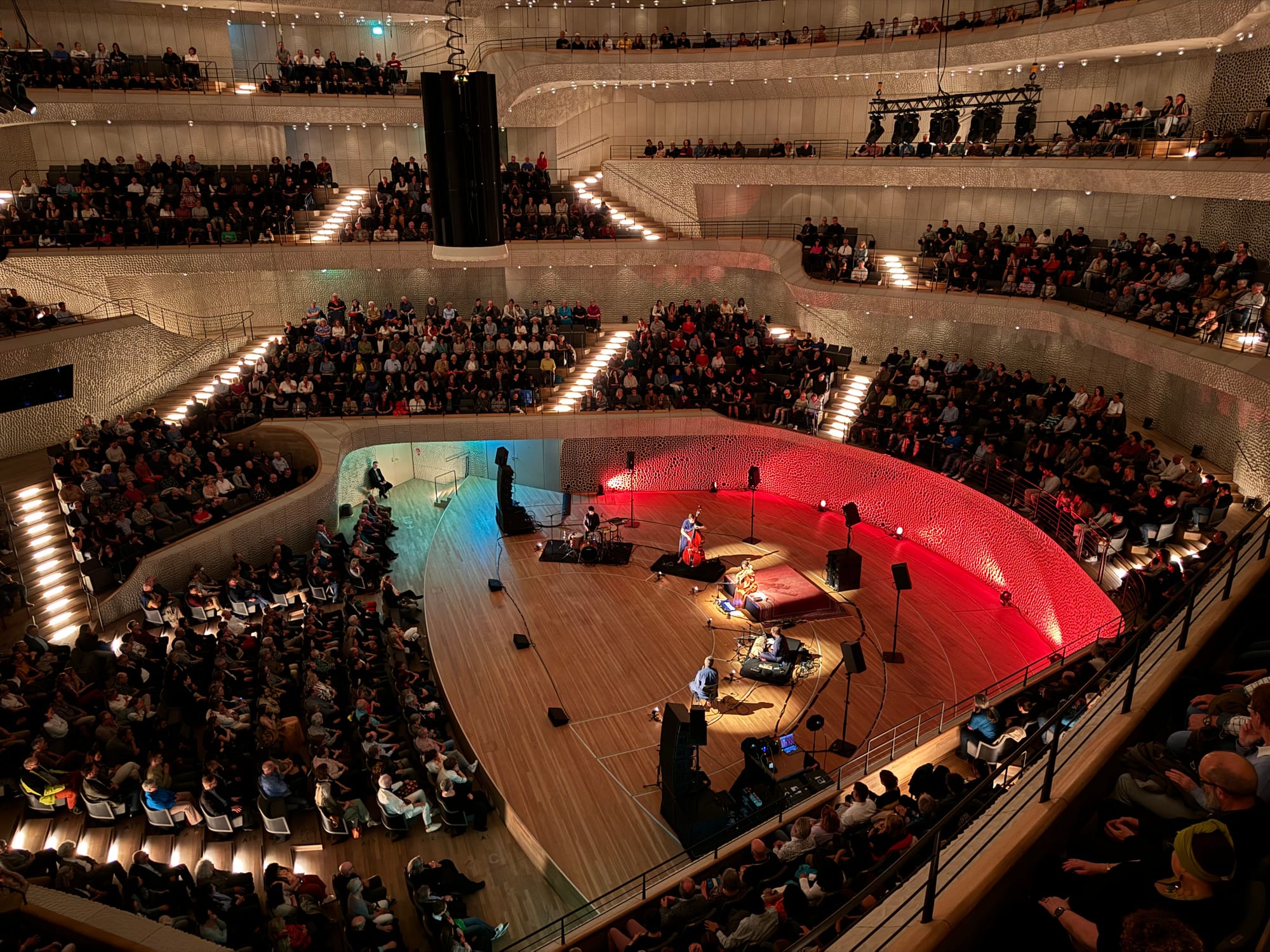

After the last year under heavy development for some of the products I'm participating, we finally got some more hands-on time to play and experiment with it. And yes, there's that: Sphere bought HOLOPLOT. I'm also getting involved in my first hardware product 🤫.
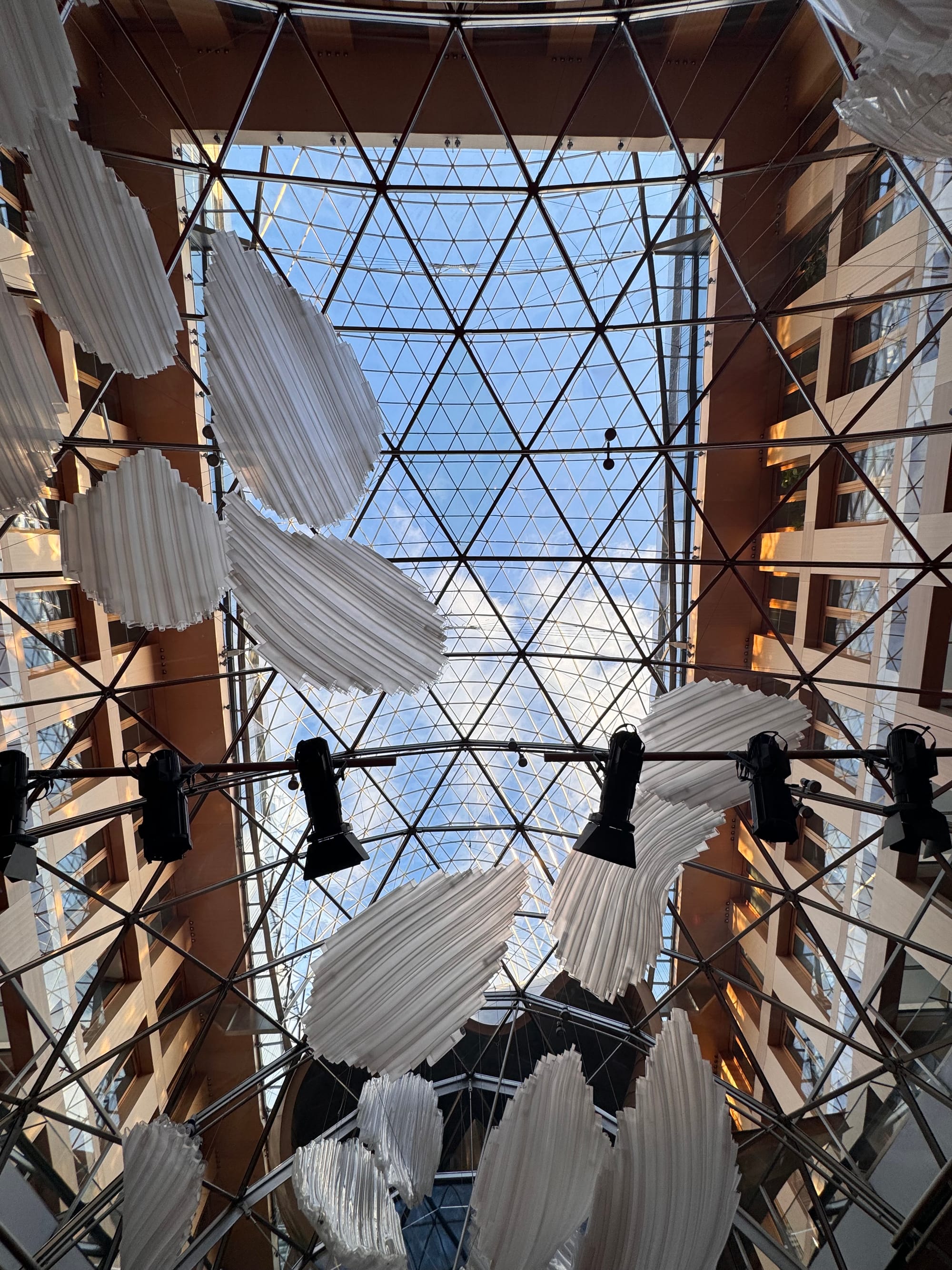
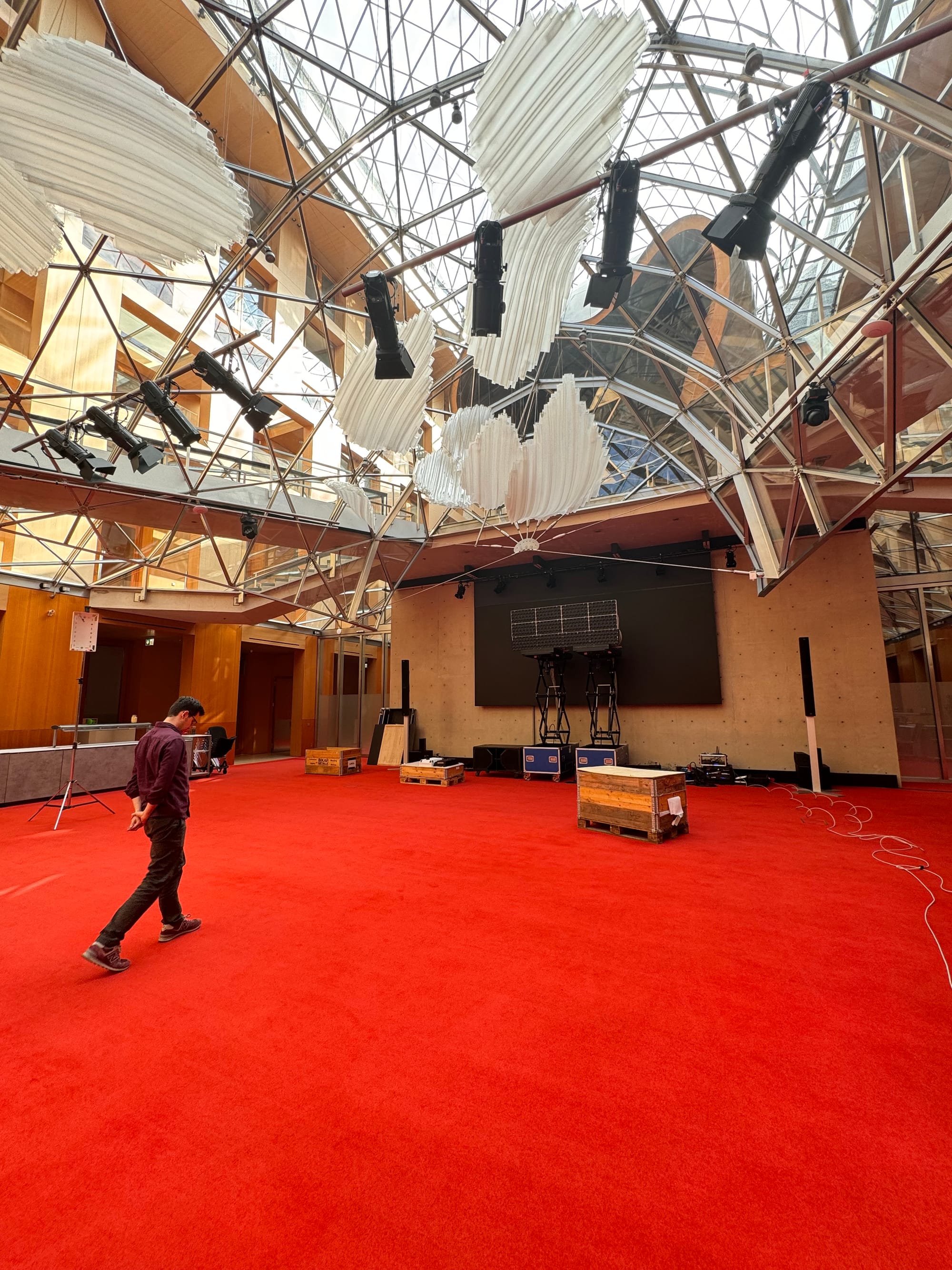
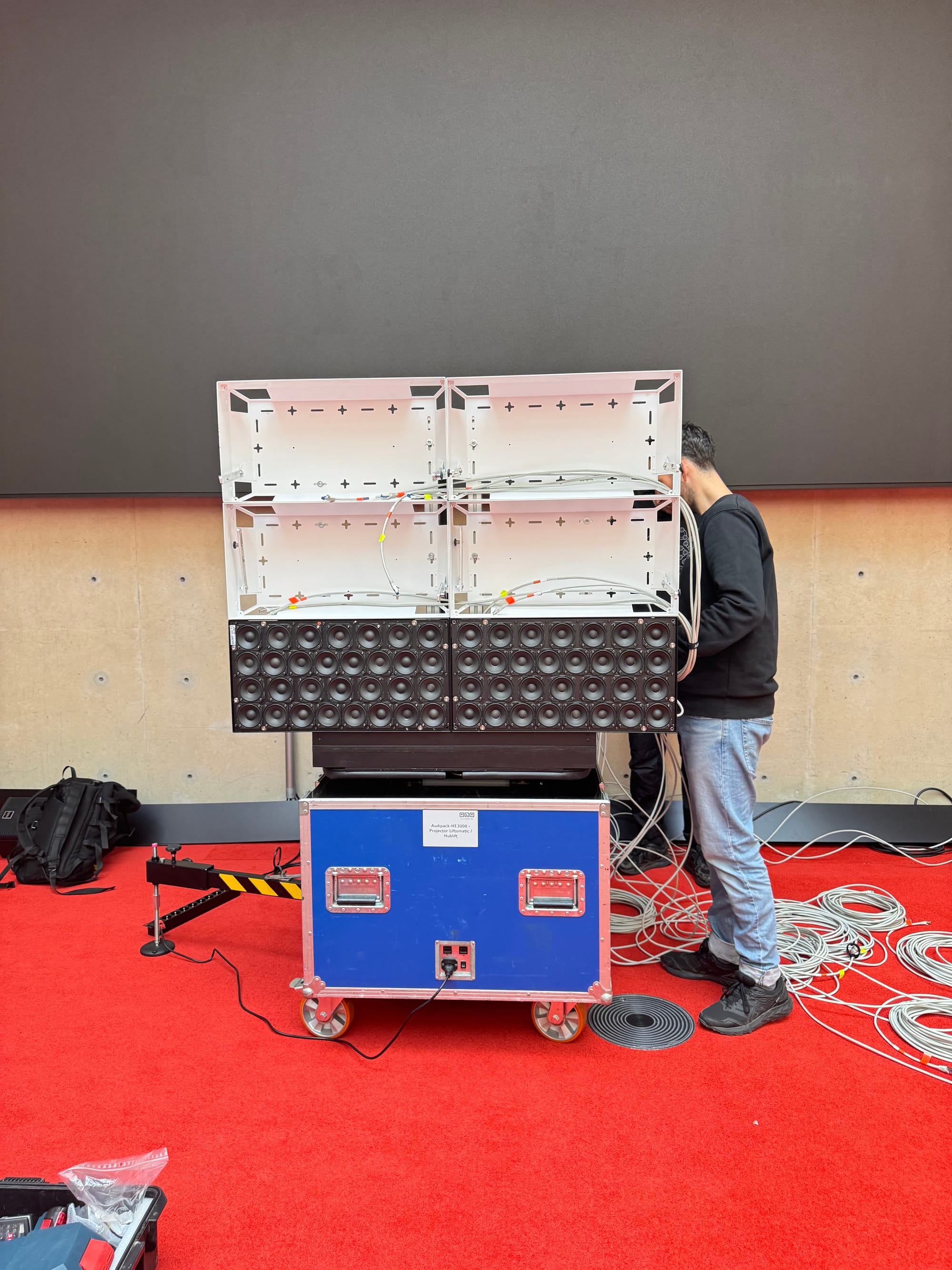
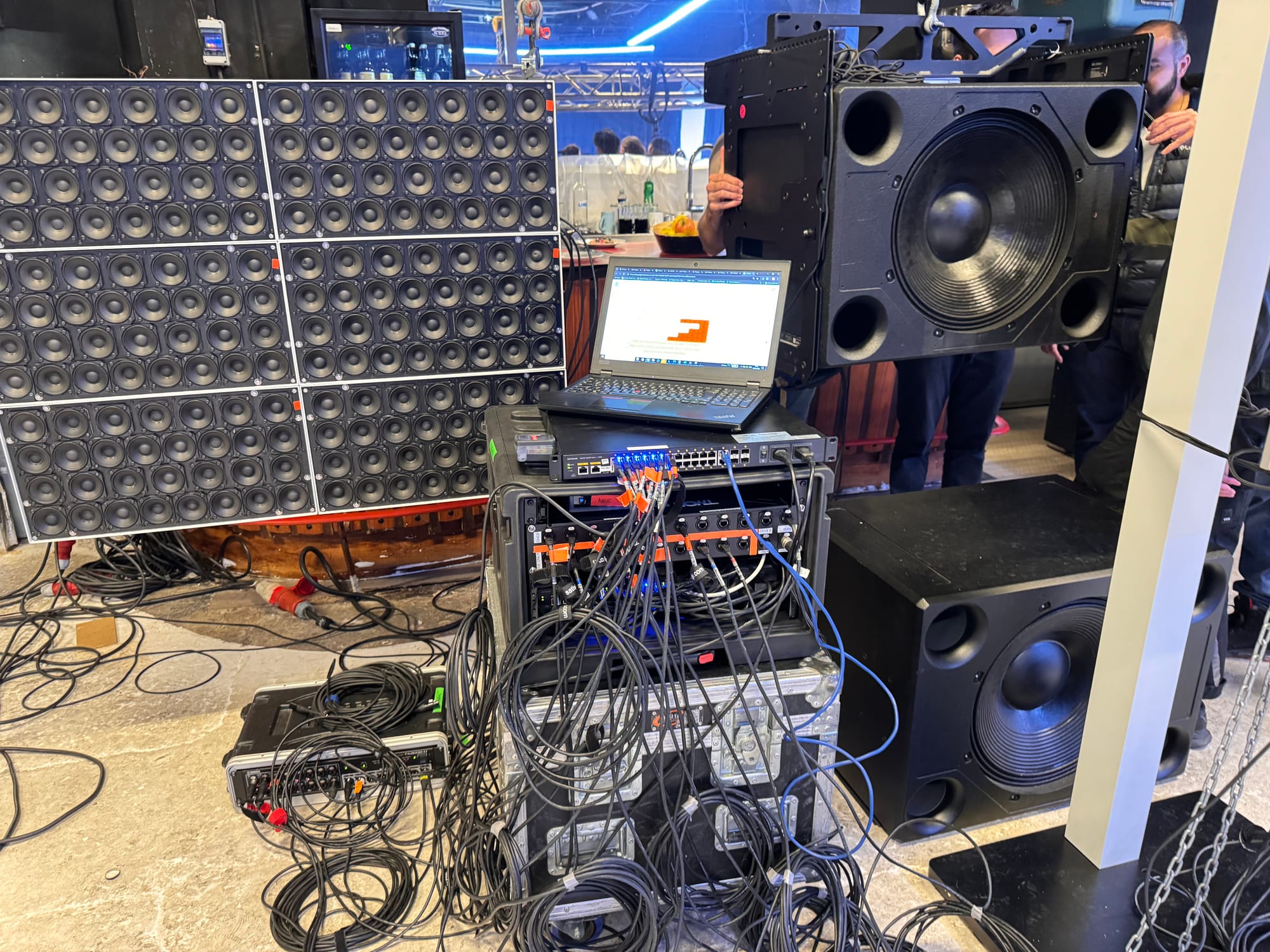
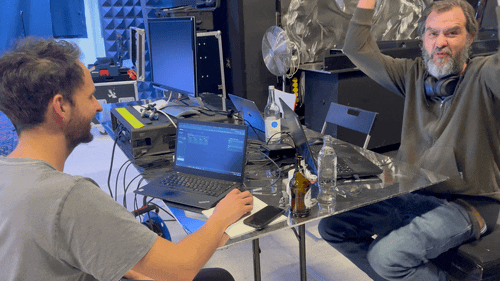
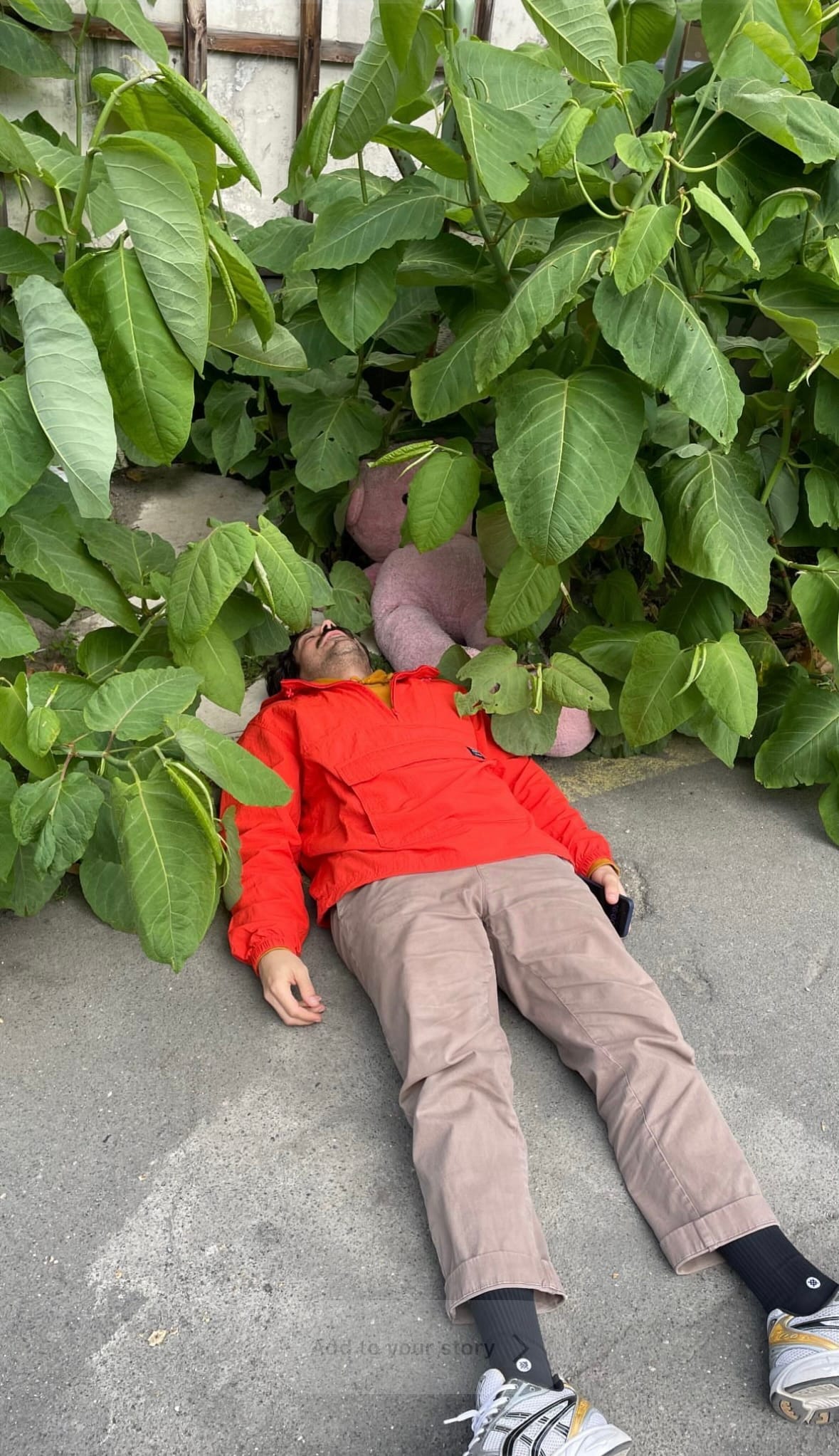
Hannah and I celebrated three years together, but also Germany's favorite season: Spargelzeit. We took our lovely new 90s xbikes (thank you kevino) to Beelitz for the proper experience; and also had some Moules frites – which I serendipitously discovered I'm not allergic to.
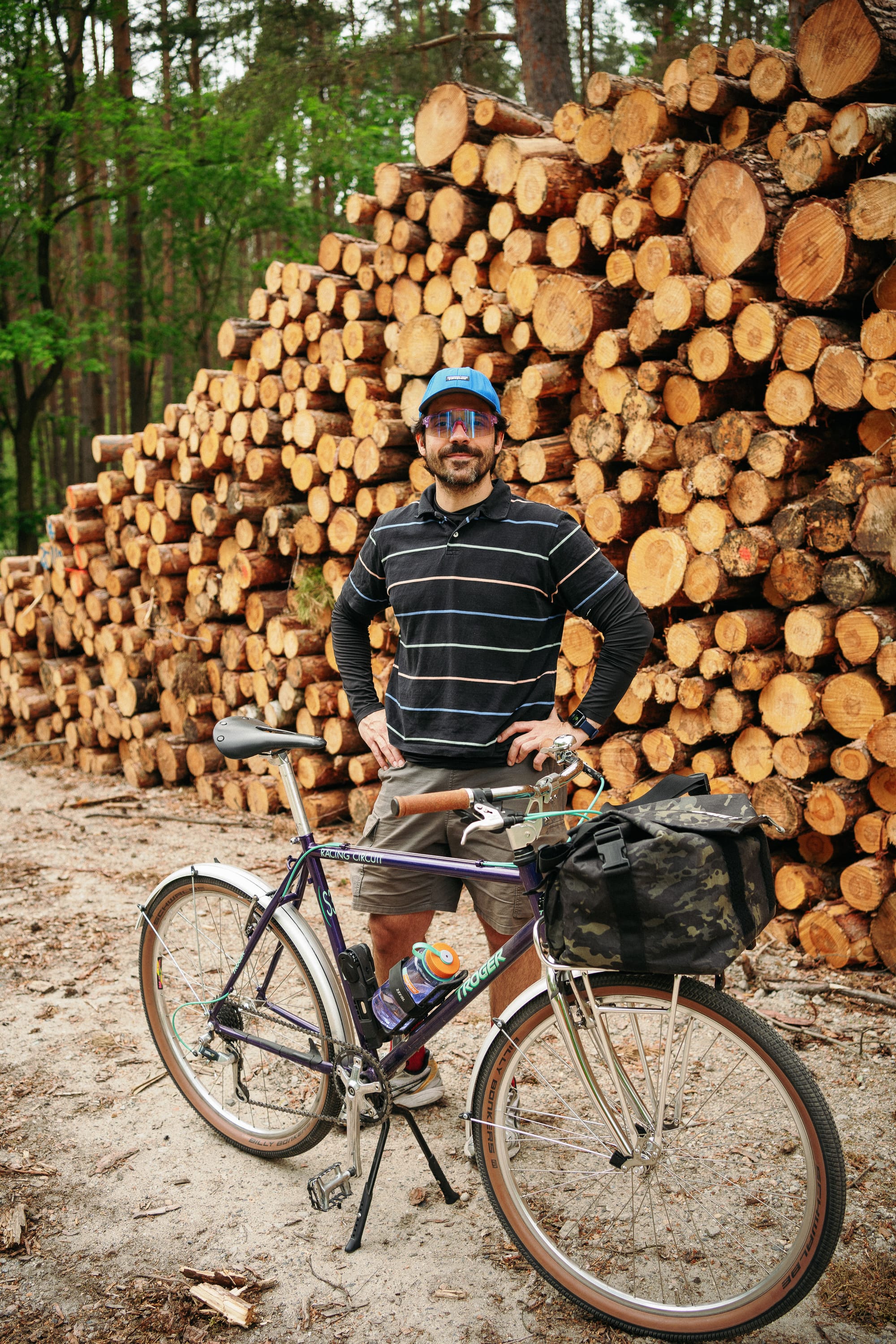
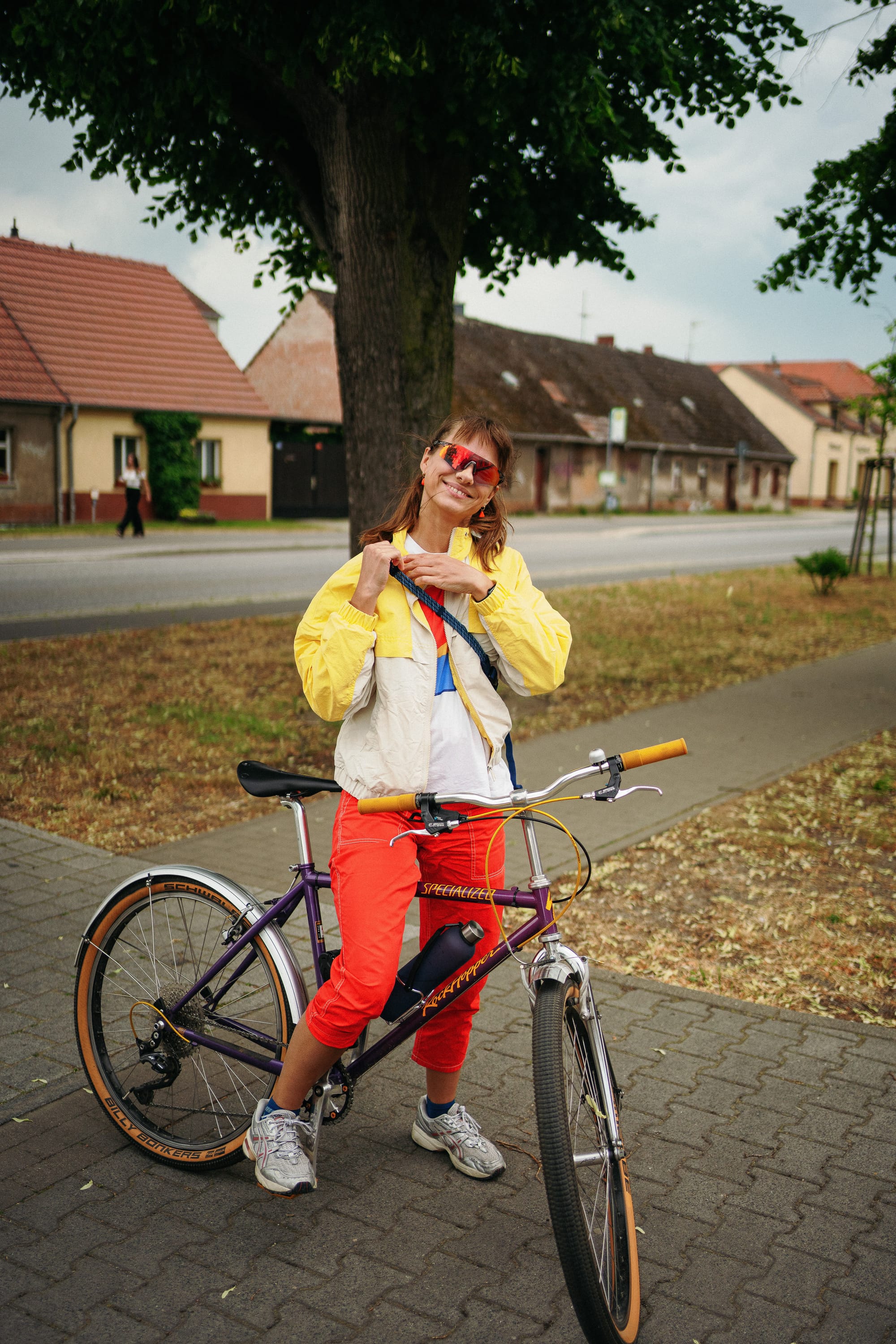
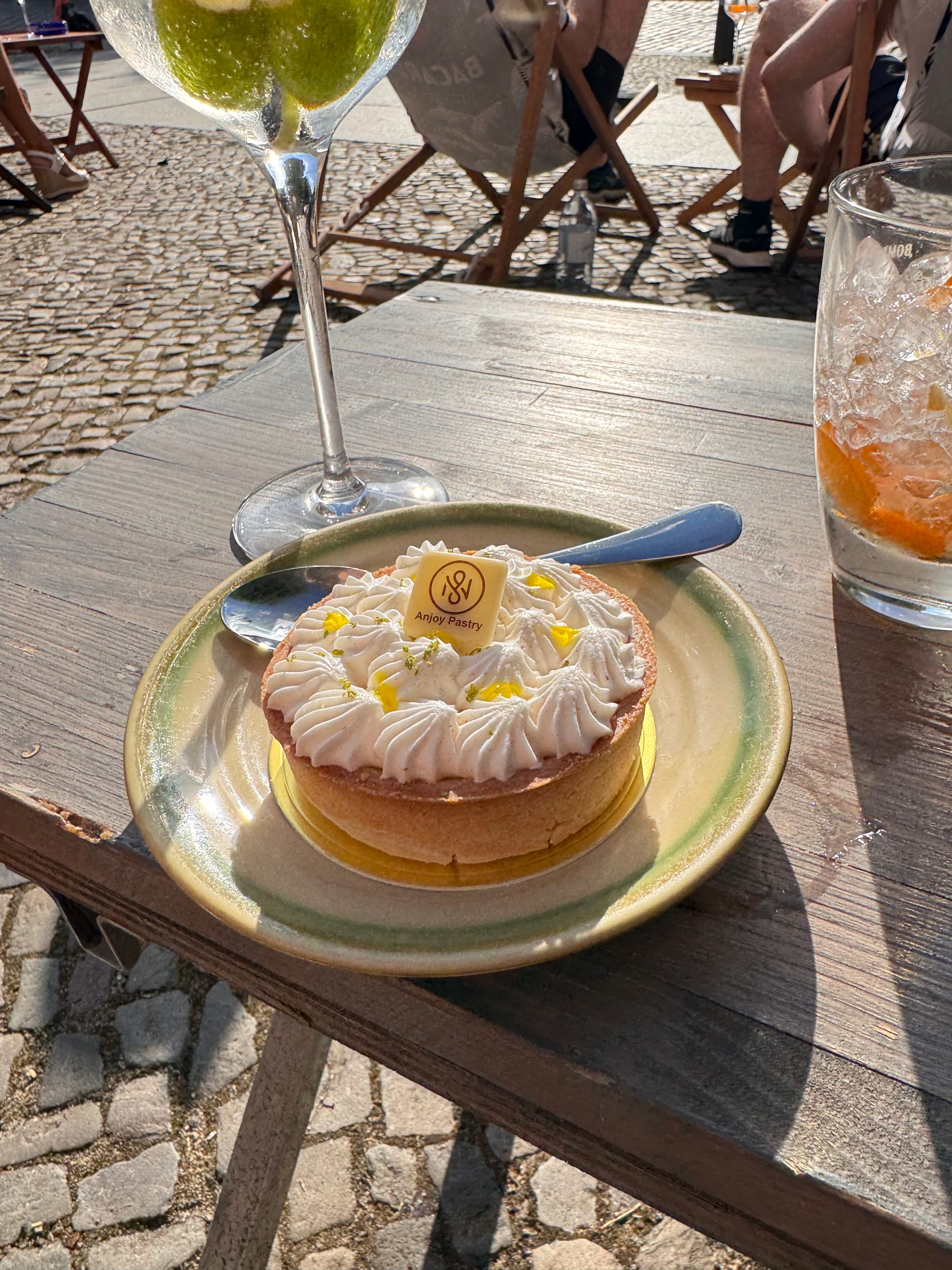


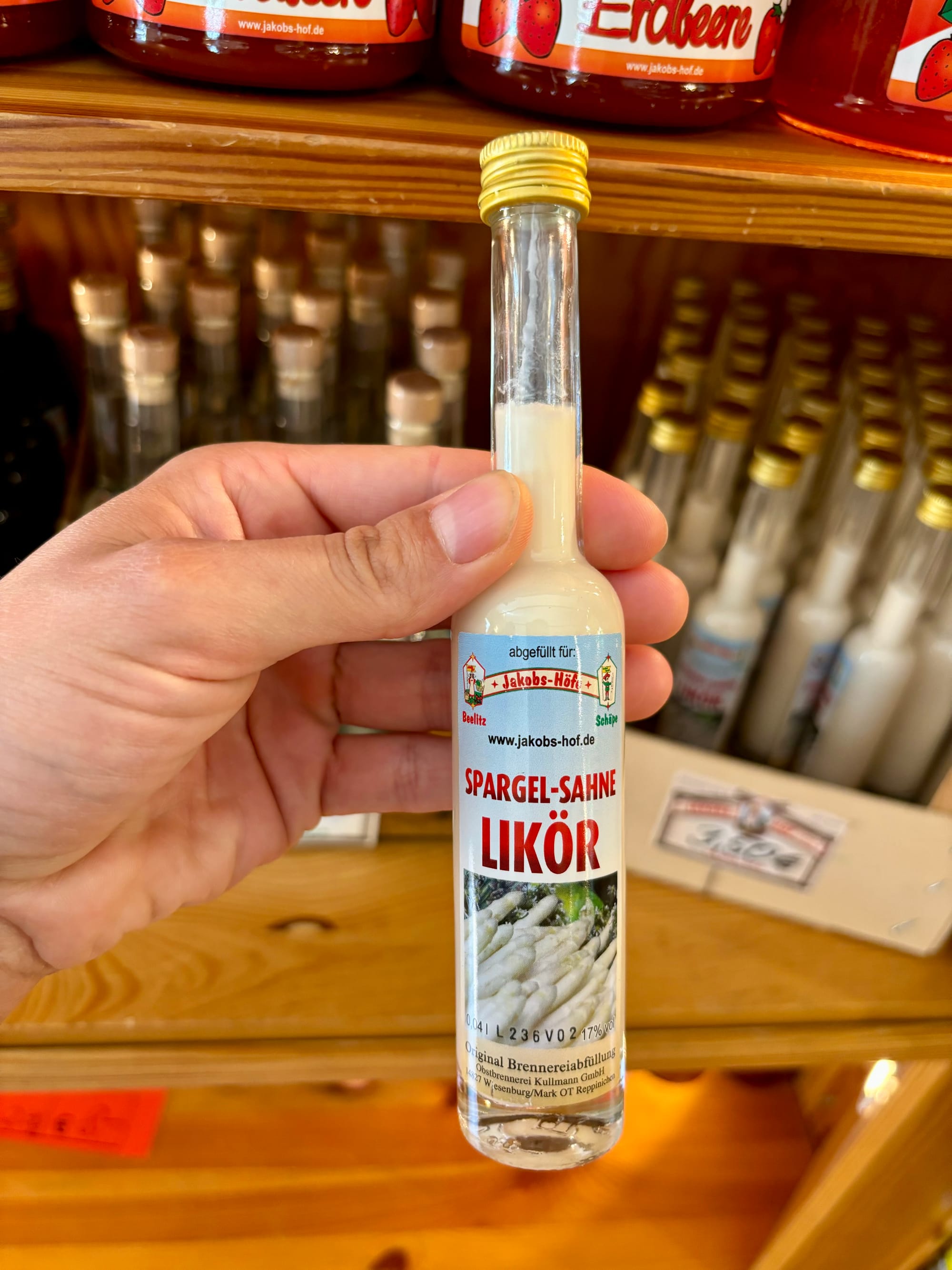

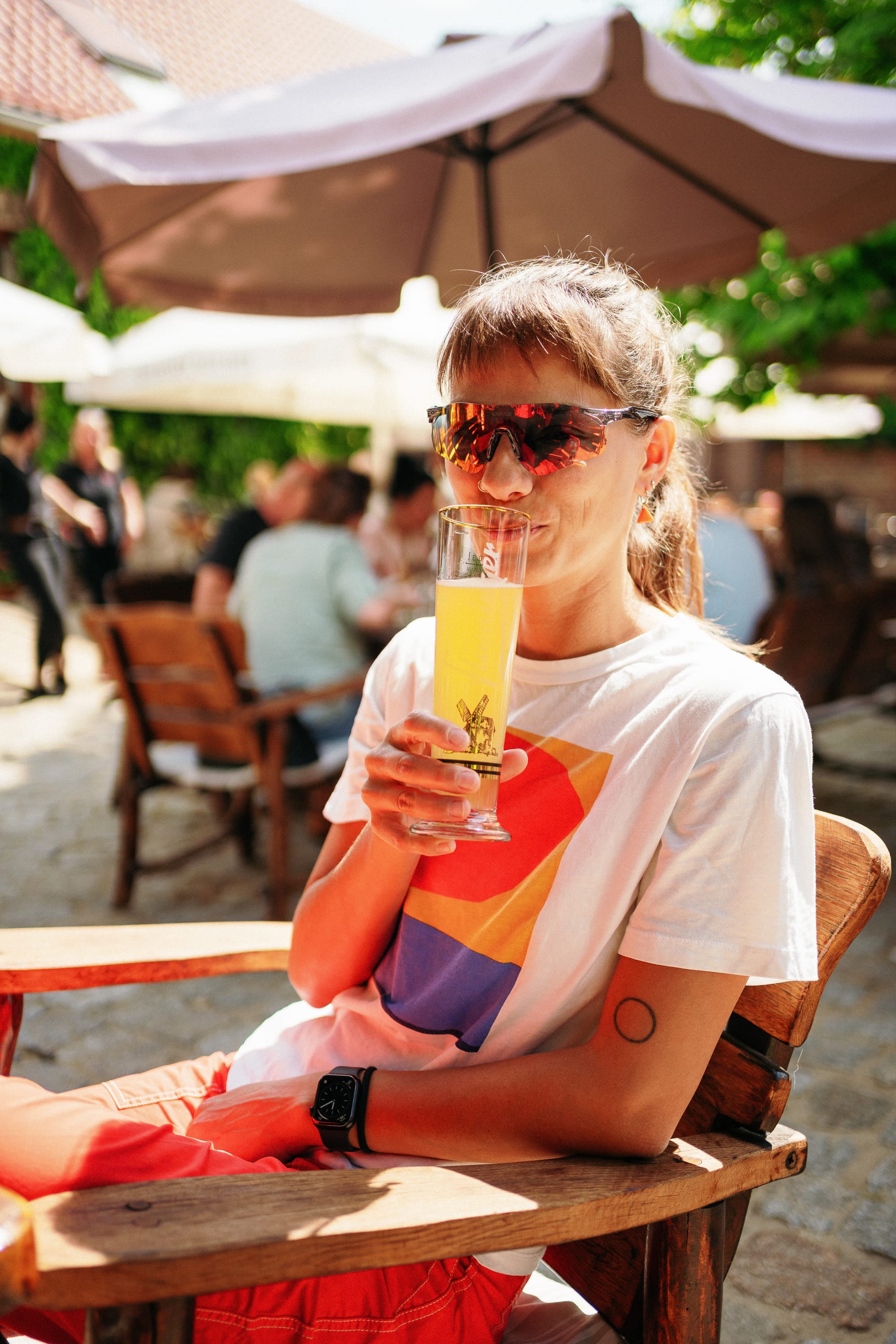
Até a próxima! :)
👋
I believe you’ve had your fair share of big stadium concerts and festivals; there’s no other way of saying it, but sound and acoustics in those places usually suck. Now, let’s add a giant spherical-shaped venue with a seating capacity for more than 18,000 people where sound waves repeatedly collide with one another, and this looks like the perfect recipe for disaster.
The Sphere is an exceptional structure, and it is, in fact, the world's largest spherical construction. After U2's inaugural concert on Friday, Paul McCartney and Bon Jovi told Bono Vox that it was the best-sounding venue they'd ever heard – wait, I just realized I was in the same room as Paul McCartney.
I will try to give you some context and share some background info on how this was possible, how I ended up there and what was my role in it.

Some background on sound systems
The following paragraphs give a simplified overview and history of sound systems. I need a quick expedition to Theory Land to explain what HOLOPLOT is doing and why it is so cool.
Speakers primarily fall under two types: point sources and line arrays. Point sources are the most common type of speaker and have been used forever. That is what you usually find in your stereo speakers or HiFi systems. They’re limited to how much you can control the sound wave, as they come with a defined radiation pattern, and there is little to do besides moving them around. The first sound systems in concerts were like this.
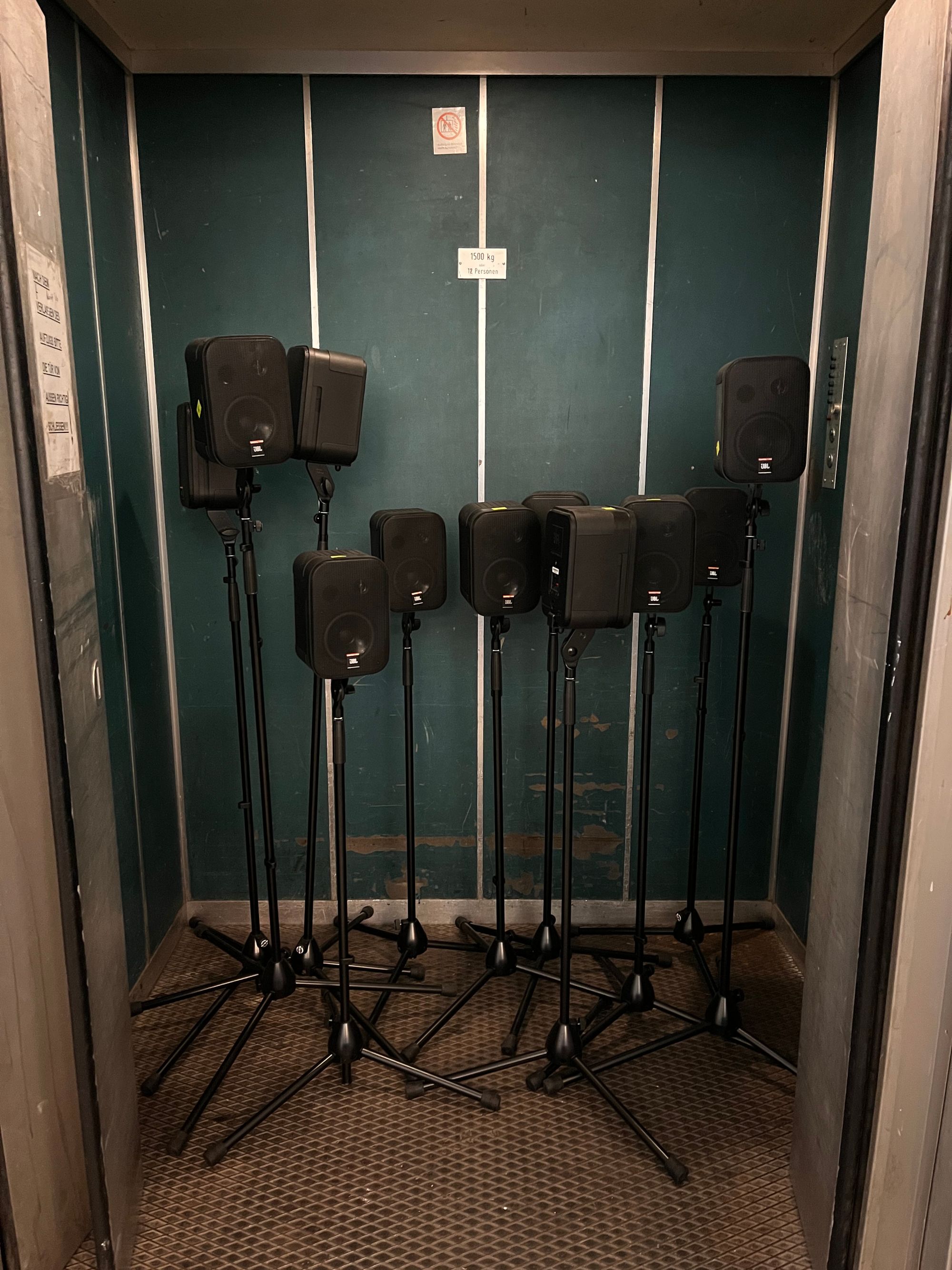

That is not an art installation but a series of Point Sources we used in 2022 for prototyping and testing in a 7.0.4 scenario.
In the 1990s, a new type of speaker system was introduced - the line array. Since then, it has become the standard for live music performances and other applications, like your Soundbar at home. These systems consist of multiple speakers arranged in a line, working together. Line arrays receive the same audio signal, but each speaker reproduces it with different volumes or delays. This allows line arrays to manipulate how the sound wave is formed, giving them vertical or horizontal control of the sound – depending on it is built.
When I mention sound control, I talk about volume and frequency response. Especially how loud the sound will be for the people closest to the speaker or further away. Line arrays are often suspended high above the audience, shaped like a banana, and can deliver decent sound coverage for a large audience area.
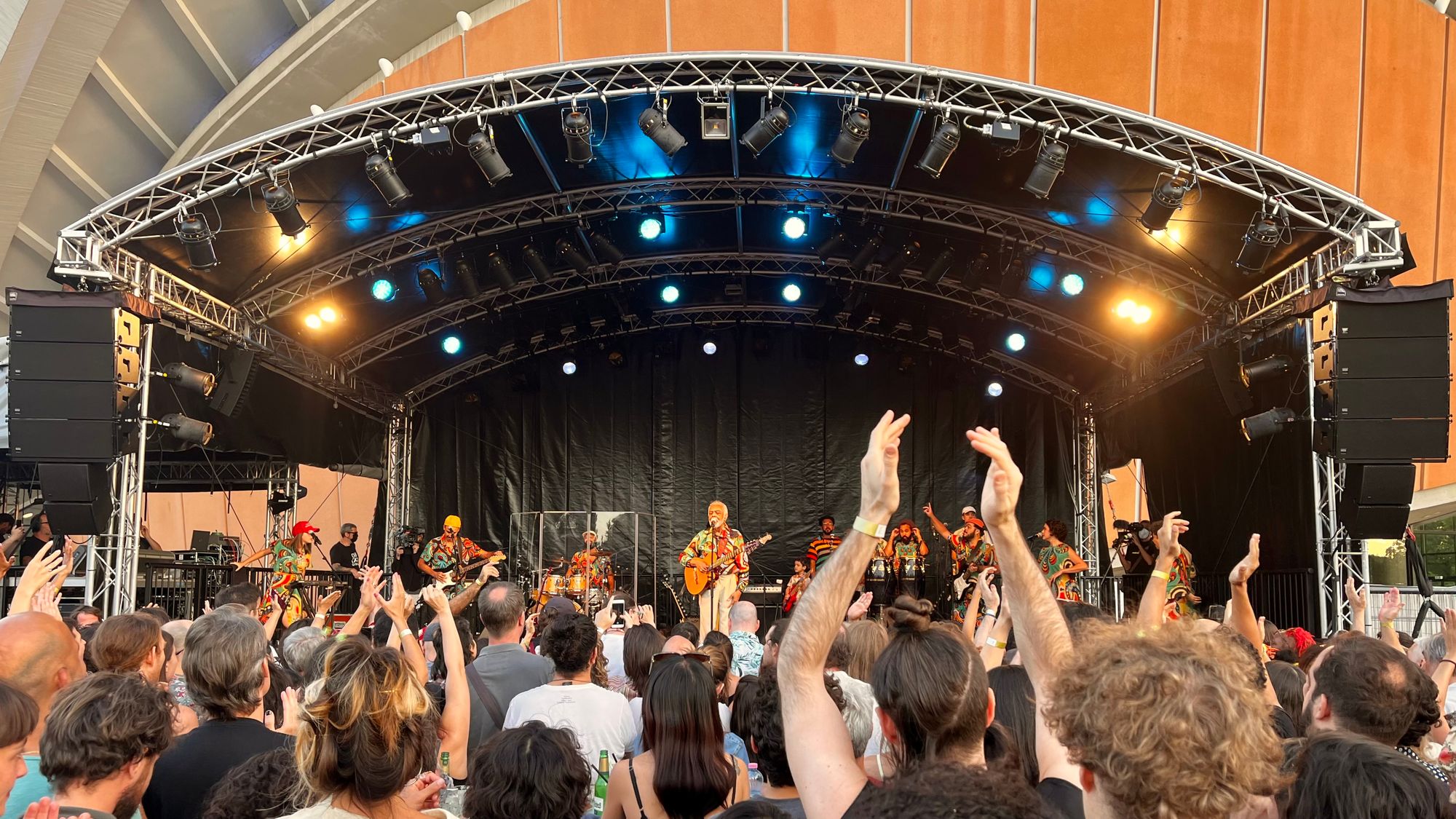
It is a good solution, right? Yes, it does work well, but it has its limitations. So far, we have only discussed vertical or horizontal sound control, but sound waves radiate on both axis, and for line-arrays, one of them is still restricted to the radiation pattern of the speakers.
Enters the almighty Matrix Array.
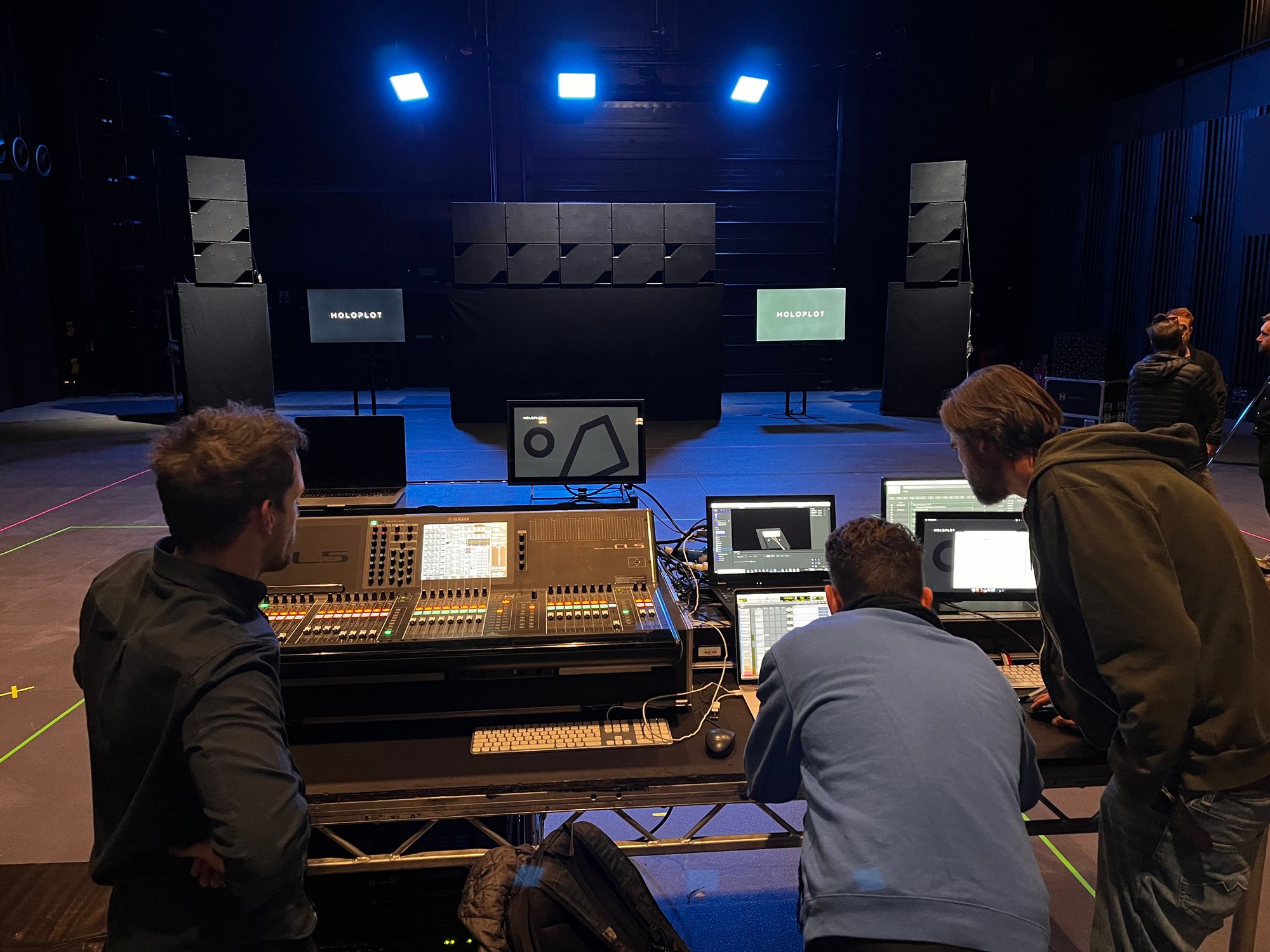
HOLOPLOT has an innovative solution to this issue: its Matrix Arrays modules. HOLOPLOT’s modules have up to 96 individually controlled loudspeakers arranged in a grid. Each module can be combined with any number of modules to create an even larger array of speakers. The largest one at Sphere has ~ 464 Modules, which is somewhere around 40 thousand speakers working together.
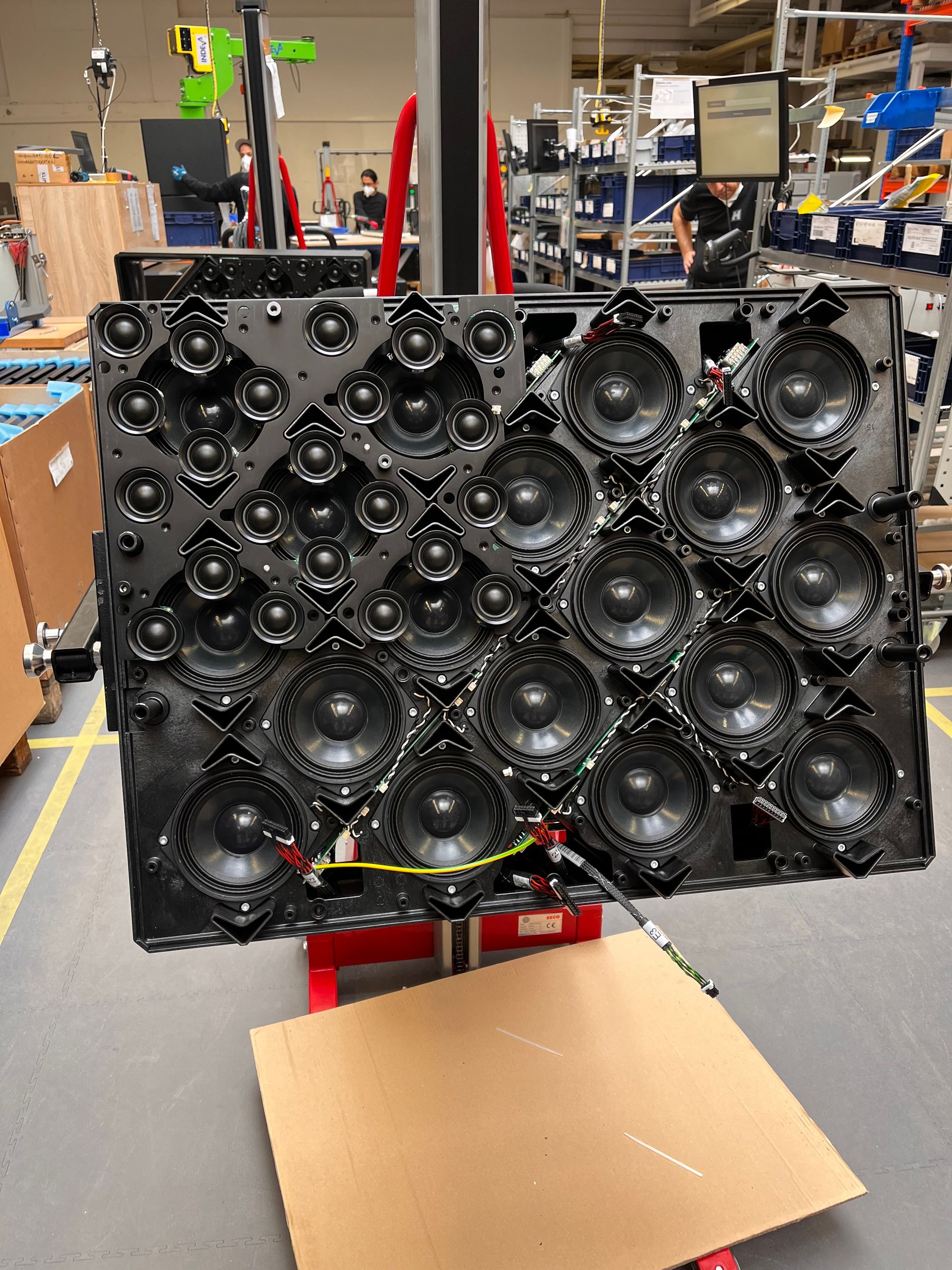
Using Wave Field Synthesis and Beam-forming, the modules can shape the sound waves horizontally and vertically. HOLOPLOT has some other secret sauces behind its technology, but this is how the sound system of the Sphere, with its ~ 1600 Modules, can sound so good. We precisely control how and where the sound waves go, avoiding unwanted reflections.
Did I already tell you that most of those 1672 modules are hiding behind the massive 16x16k LED panels? Before getting out of breath with all the absurd facts and numbers about it, let me rewind back 2 years and tell you how I ended up there.
Joining HOLOPLOT
Since 2016, I've been living and working in Berlin, and the pandemic, lockdowns, and remote work have made me crave some change. I wanted to work more closely with technology development and better connect with the city. However, leaving Envisioning, which I helped shape since the beginning, was difficult. During one of the events I visited for Envisioning, I first had contact with HOLOPLOT at Tech Open Air Berlin. Helmut Oellers, the company’s founder, demoed a previous technology prototype. It was a mind-blowing demo of the sound steering capabilities. A small wall of sound played some sound in a small tent outside the venue. You could switch between three speeches in distinct languages by taking a couple of side-steps. As the famous quote from Arthur C. Clarke says, “Any sufficiently advanced technology is indistinguishable from magic.”
Most startups looking for Product roles were solely focused on growth and not much focused on innovation or product development. Fortunately, I found an exciting opportunity at HOLOPLOT.

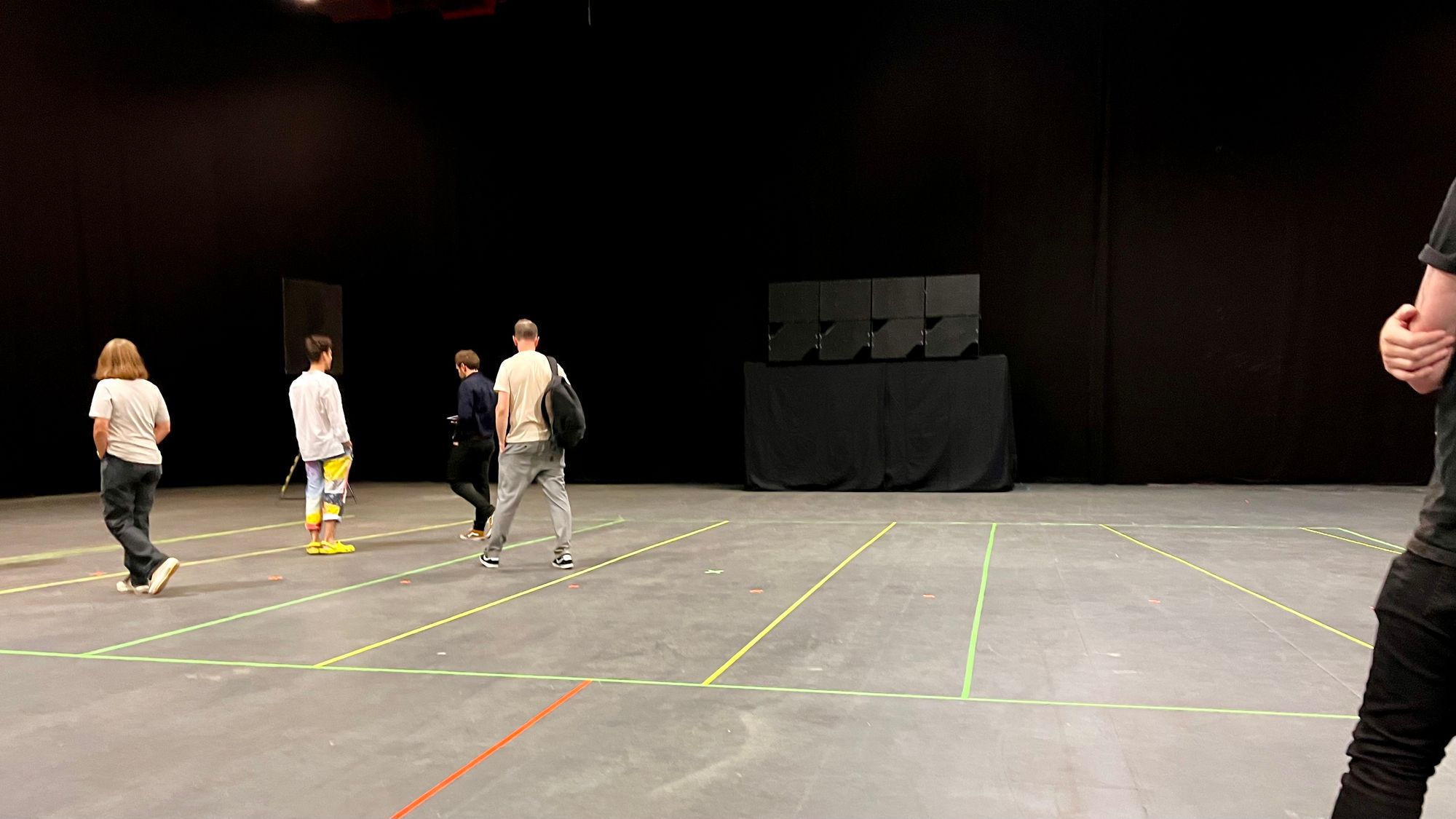
On the left-hand side, you can see a similar scenario from a few years ago to what I first experienced back in 2016. It features HOLOPLOT with its old logo and previous line of speakers, Orion. On the right-hand side, you can see a more recent example from July 2022 of the same demo. This time, we are using the current line of X1 speakers, and Jacob Collier is wearing his bright yellow Crocs.
Another fitting saying for this period was "standing on the shoulders of giants." So far, my experience with Pro Audio was limited to when I was 15 and spent a handful of afternoons working at a car audio installer building subwoofer enclosures and spending the number of hours that only teenagers can afford reading on the subject in online forums.
I joined HOLOPLOT in February 2022 as the Product Manager for the still unreleased software aimed at Creatives working with HOLOPLOT, and part of my onboarding was a couple of Master Thesis from my new colleagues. Dante, Ravenna, audio-over-IP, PTP, object-based audio, phase alignment, interaural level and time differences, beam-forming, source configurations, spatialization, auralization, wave-field synthesis… the list continues. My vocabulary expanded very quickly. I have amazing peers who guided and challenged me through all of that. I will talk about this software, HOLOPLOT Create, in another moment as it deserves its post.
The reality is that I spent most of the last year doing what I enjoy most: diving deep into the subject. I took the opportunity to help set up our Playground at the office. That was where I understood how to connect and put everything together.
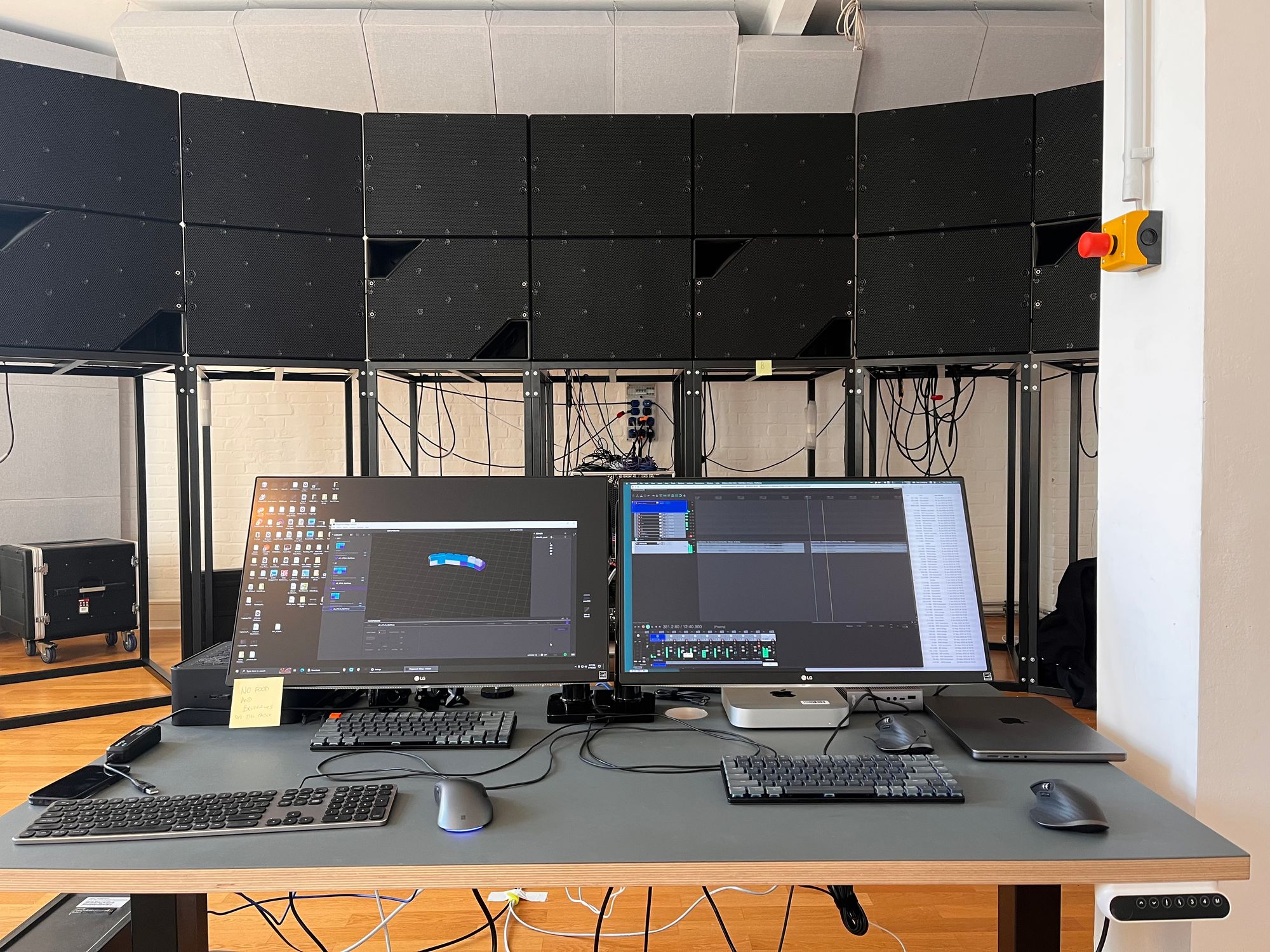
I was not imagining that after a year and a half, I would collaborate with two other teams to develop a new operating system and control software. Cut to June, and I was inside the Sphere with a similar view and control, enjoying the culmination of the efforts of many teams using the world's largest sound system to music that was very dear to me.

I will continue the story in the next post. :)
Na estrada
Tec-tec
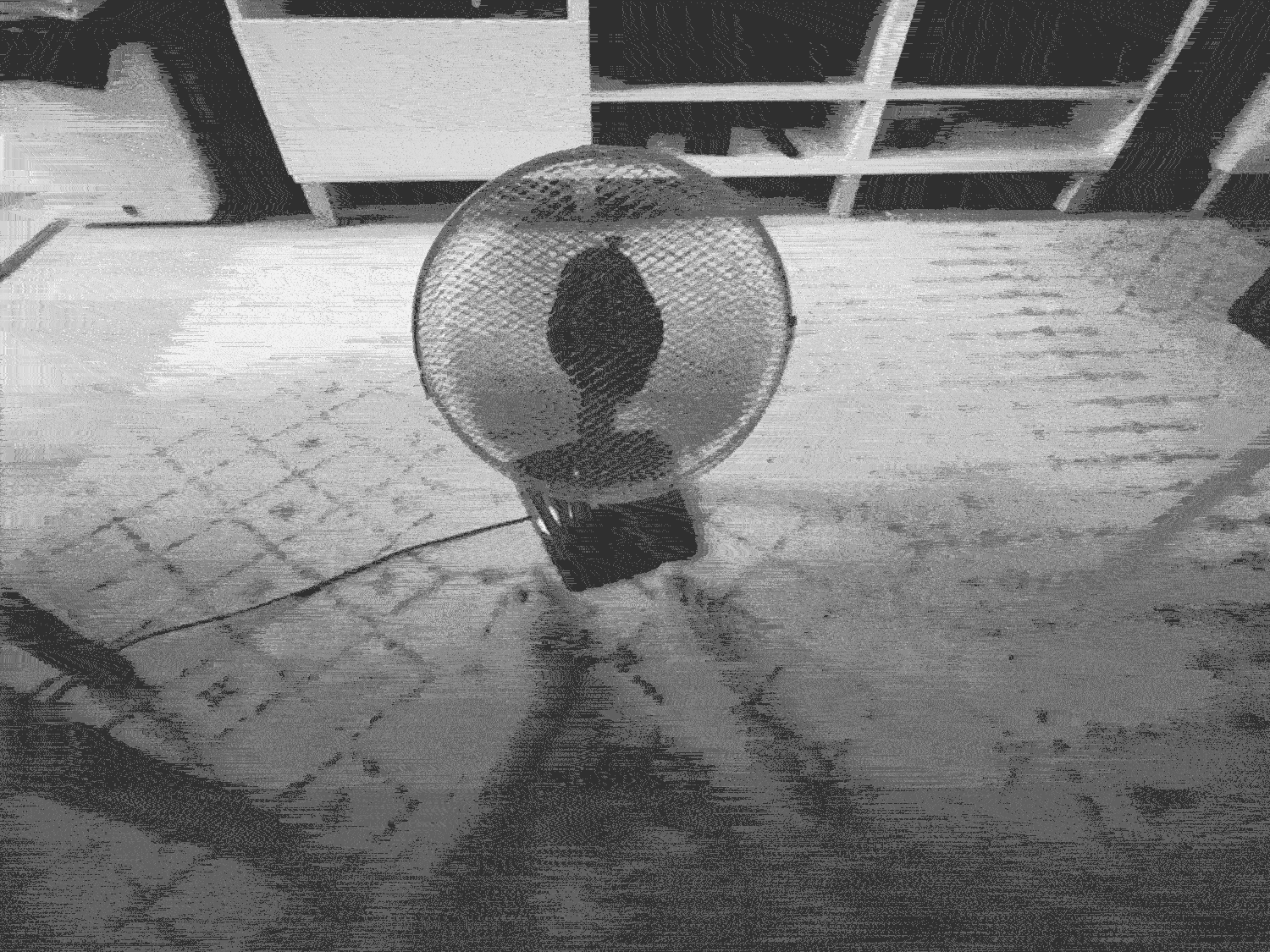
Estou em casa me protegendo do calor de 35ºC lá de fora. Estou sentado no sofá e acompanhando o tec-tec do ventilador. Fecho os olhos, estou na praia, em Salinas, lembro de estar no térreo do edifício "Vivre la vie", onde passamos inúmeras temporadas de verão. Está um calor insuportável, provavelmente acabamos de voltar da praia. Estamos naquele momento um pouco morto do dia, pelo menos para os que estão recuperando a energia para o segundo turno.
Ninguém está trabalhando, mas sempre há muito trabalho pra fazer. Arrumar a casa, preparar as refeições, organizar a roupa, fazer os planos para o dia seguinte, etc…
Em um universo paralelo, me encontro no saguão do prédio jogando futebol com o Netinho ou João. Olho para o lado e dentro da garagem, havia o dormitório / apartamento do caseiro do edifício, o Seu Domingos. Naquele local o tempo passa de forma diferente.
Seu Domingos está sentado em seu banquinho e tem sua rede de nylon estendida entre ele e o portão de ferro que nos separa. Ele está fazendo reparos. Ao fundo, eu consigo escutar a televisão, está passando Faustão, e quase indistinguível, está ali o sempre presente tec-tec do ventilador. Indo e vindo contra o calor. Eu corro em direção à bola, chuto e erro o gol.
Eu tenho pensado bastante nesses dias de férias. Outro dia a minha avó compartilhou uma dessas memórias. Resgatar memórias que você não sabia que havia esquecido é um prazer. Ou até melhor, descobrir novas verdades sobre o que você lembrava, trazendo uma nova versão para esse momento que você tanto já relembrou.
Até uma certa idade na minha infância, meu pai nos acompanhavam com câmeras fotográficas ou filmadoras. Duas das minhas primeiras paixões tecnológicas.
A Globo passava na hora do almoço o Vale à pena ver de novo reprisando novelas famosas que foram ao ar no passado. O programa que servia como uma memória das novelas fazia parte da nossa rotina diária. O feijão com arroz vinha servido entre o Globo Esporte e o Jornal Liberal, seguido do Vídeo-show com a goiabada com queijo e café e durante o intervalo do cochilo reprisava o Vale à pena ver de novo. Então, vez ou outra, quando era um capítulo bom, a gente programava o video cassete para gravar o programa.
Por algum acidente banal, as nossas duas fitas cassetes, do intervalo do meu nascimento, até um dos primeiros natais com a minha irmã, foram utilizados para tais gravações. Restando apenas alguns minutos de flashes da nossa infância intercalados com vinhetas da Globo.


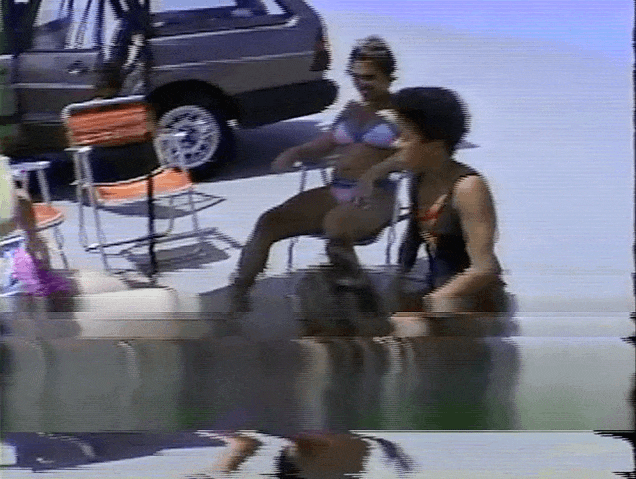

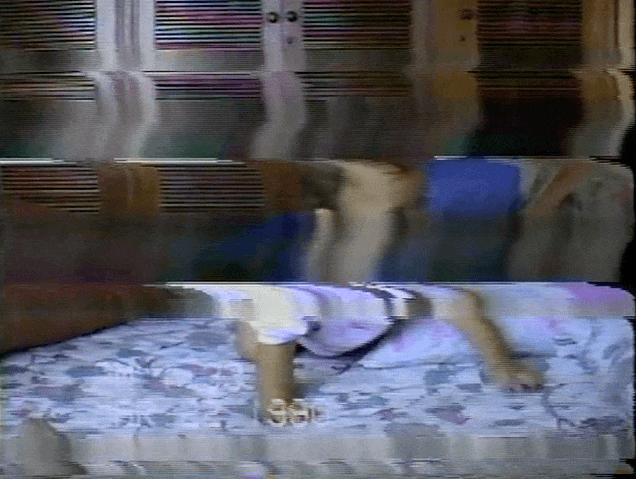

Uma grande parte delas acontece em Salinas. Não à toa, tento recriar essas memórias e espaços em branco da minha lembrança. Algumas são de minha autoria e outras foram relembradas por outros.
Vamos fazer uma exercício, feche os olhos e imagine uma maçã. Agora me diga, com quanto detalhe você consegue descrever a imagem que visualizou? Qual era sua cor? Seu tamanho? Quanta textura possuía a sua casca?
Aphantasia é a inabilidade de um indivíduo conseguir visualizar imagens em sua mente. O exercício acima serve como uma escala para diagnosticar o grau de Aphantasia que alguém possui. Começando em "Consegui visualizar vividamente uma maçã" e terminando em "Como assim vocês conseguem criar imagens na sua cabeça?" – onde eu me encontro. Eu sempre achei que imaginar alguma coisa na mente era uma metáfora para algo que eu nunca descobri a resposta.
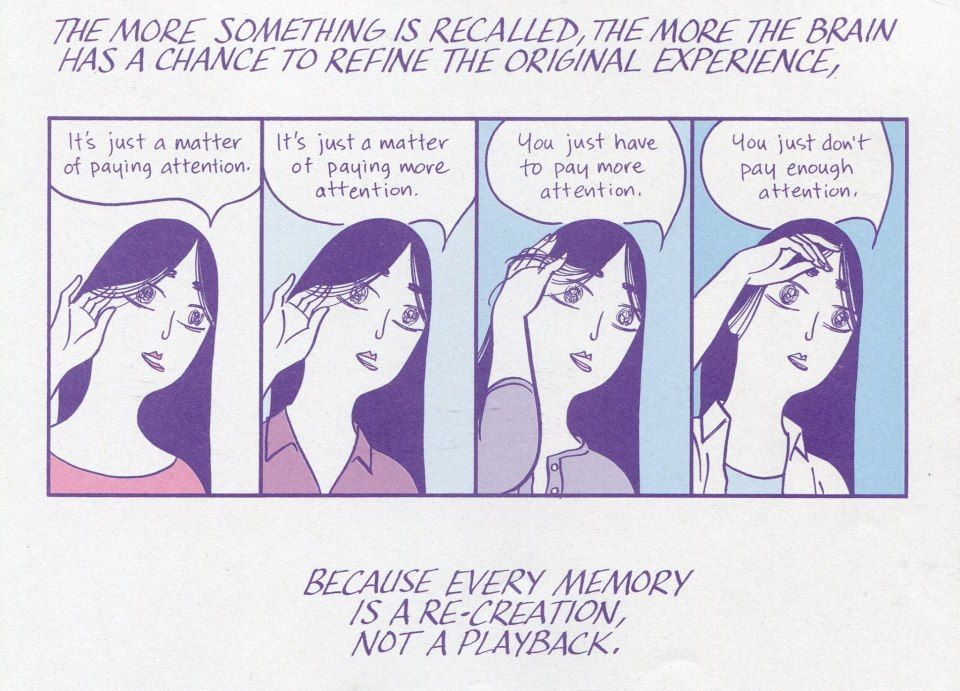
Na minha cabeça, eu não vejo imagens, alias eu não vejo nada. Eu não lembro de algo e me transporto para um cinema onde posso ver o filme. Assisto às minhas memórias, da mesma forma que eu posso escutar a televisão da sala do Seu Domingos. Eu não vejo a sua tela, mas sei o que está acontecendo nela. Reconheço um programa de auditório, o apresentador entrevista um convidado, seguido de uma performance musical e corta para os comerciais. Também posso assistir à minha memória com os outros sentidos. Sons, cheiros, texturas, conceitos, essas coisas todas são sentidas, mas não vejo nada.
Eu acho que me direcionei para fotografia para ter um super-poder pessoal. Parar e ilustrar esses momentos que eu gostaria de revisitar no futuro. Por mais que banais, eles se tornam uma poupança de imagens para que eu possa me reconectar com quem eu já fui e o que já vivi. Um plano de aposentadoria para a minha memória.
Eu fecho os olhos e consigo descrever claramente como era a planta do prédio em Salinas, lembro das texturas do chão, da temperatura do portão de ferro que separava a garagem do saguão. Lembro especialmente do som ensurdecedor da casa de máquinas do elevador. Nosso apartamento ficava no último andar e da porta de entrada víamos a casa de máquinas.
Eu navego por essas memórias apenas por coordenadas, como um GPS sem o mapa de fundo. As fotografias e vídeos permitem que eu preencha esse mapa de fundo da minha memória visual.
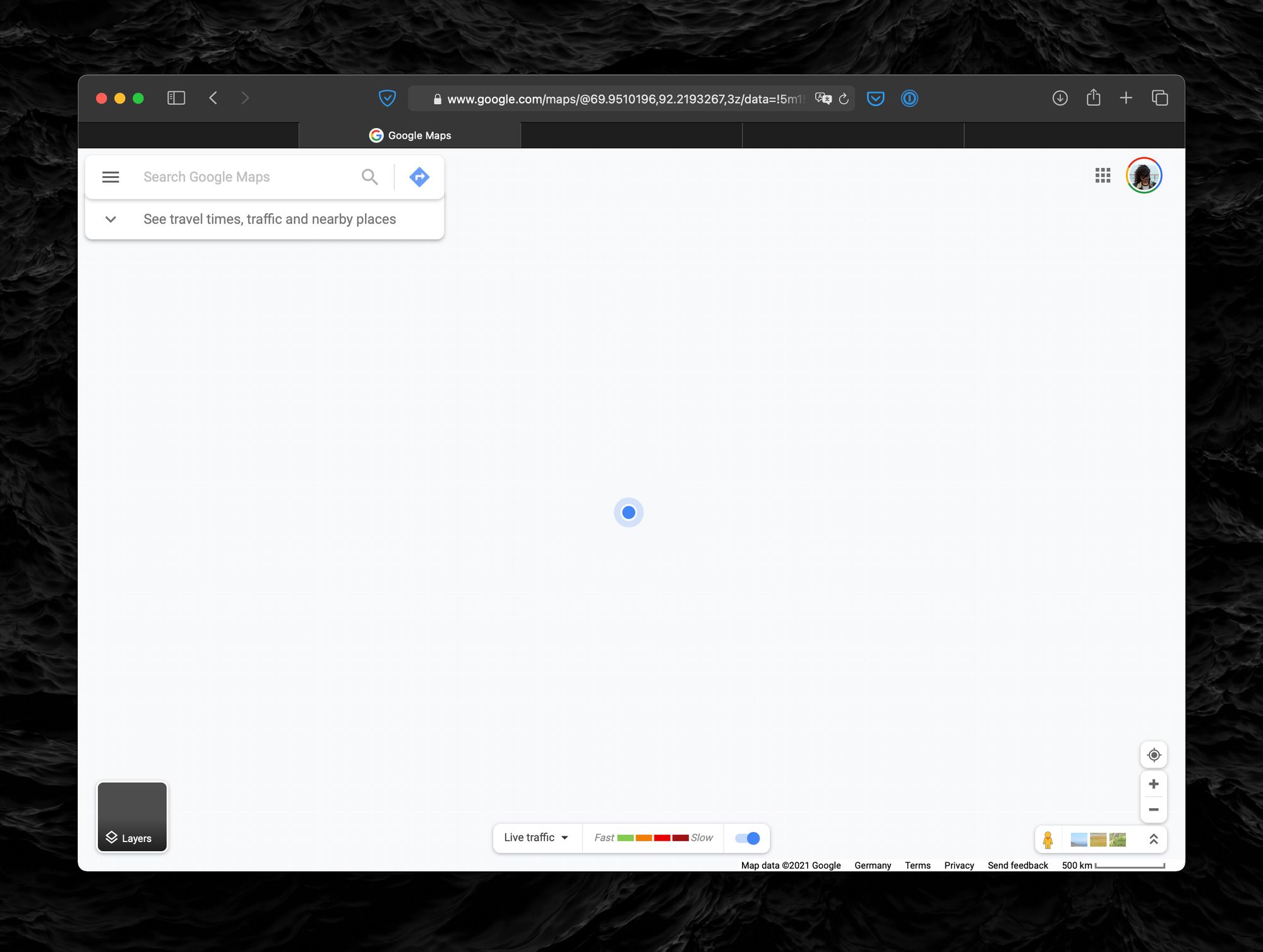
A cena começa, eu olho pra lente, volto a olhar pra frente e começo a andar pra trás. As imagens são editadas, ou melhor, as imagens são preenchidas. No fundo, eu vejo um carro, acho que era um Voyage, e mesmo sabendo que minha família teve diversos carros, é esse o qual minha memória se refere à qualquer memória da minha infância.
Estamos no carro à caminho da praia e eu sinto o quão escorregadios estão meus pés. Lembro que no verão, nosso carro tinha os carpetes substituídos por caixas de papelão cortadas no mesmo formato. Era como se o carro também se preparasse para o verão. Tal técnica, como muitas outras, faziam parte da rotina que adotávamos na praia.
A praia do Atalaia está a 15km do centro de Salinópolis, onde ficava nosso apartamento. Tal distância exigia um grau de preparo um pouco diferente de quem pode atravessar a rua e cair no mar. Íamos de carro e com o carro pra praia. O ciclo diário do mar faz com que a orla alterne entre nenhuma e algumas centenas de metros entre a restinga e a água. Quando é a preamar? quando é a baixa-mar? Que horas precisamos pegar a estrada? A que horas precisamos sair para evitar o engarrafamento ou a chegada do mar? Vamos ficar do Lado direito, ou vamos evitar a farofa e ir para o Lado esquerdo (eu nunca entendi claramente qual era o fator que decidia irmos para o Farol Velho)?
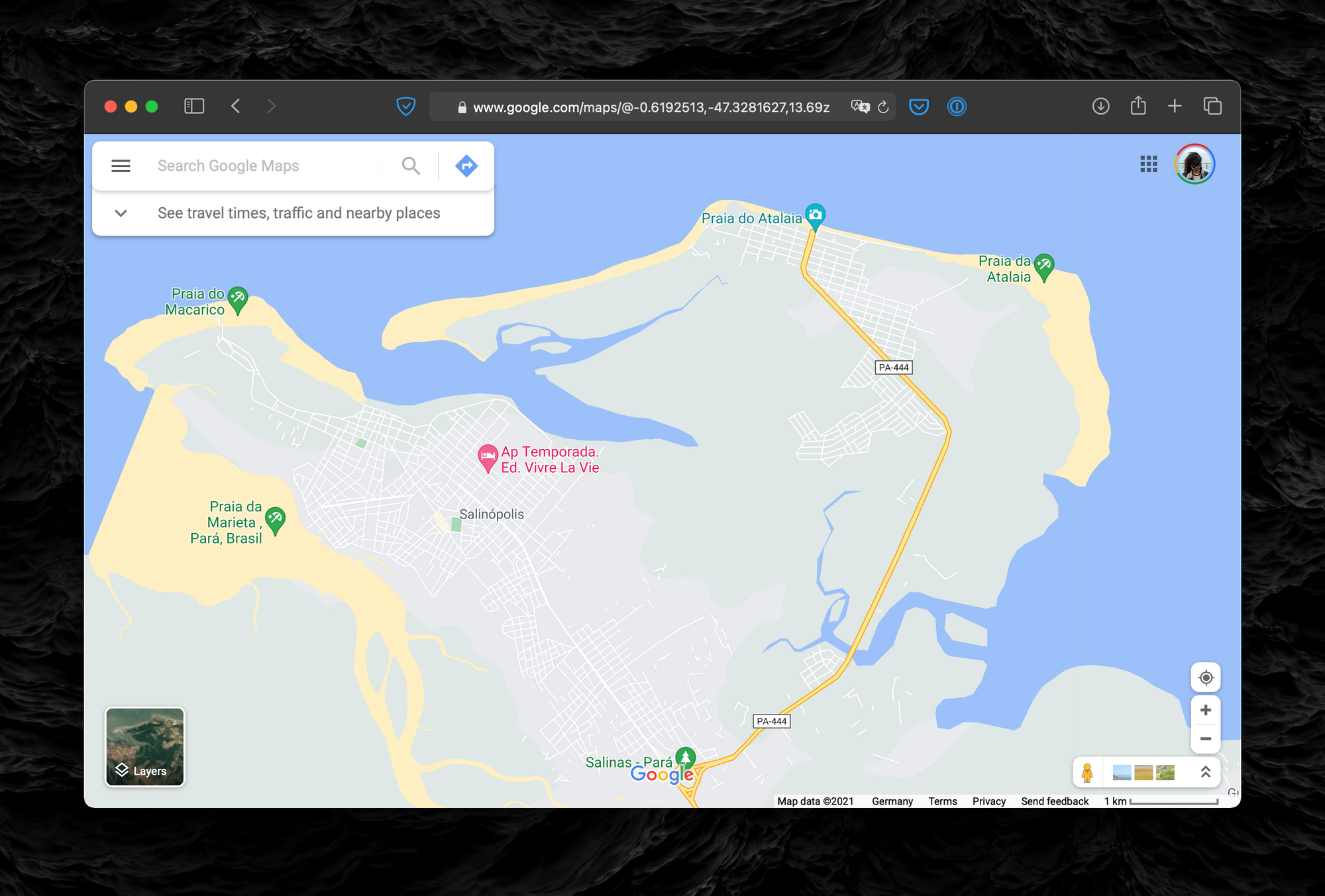
Havia toda uma logística envolvida na formação dos comboios ali na Orla – sim, entrávamos com os carros na praia. Lembro da constante orquestração que era movimentar os carros para fugir da maré, para proteger e criar espaço para as crianças e para reduzir a velocidade dos carros que circulavam pela orla.
É o final do dia e estamos voltando pra casa, eu e Lucy já sabíamos de cor as diversas etapas para retirar toda a areia de nossos pés antes de entrar no carro, cumpríamos o checklist e caíamos na estrada. Entre um cochilo e outro escuto o "Verde Anil Amarelo Cor de Rosa e Carvão" da Marisa Monte. Chegamos de volta ao prédio e eu atravesso o saguão, seguido do ensurdercedor elevador, escuto no fundo o tão reconhecível som. Tec-tec.
Abro os olhos de volta em Berlin.
